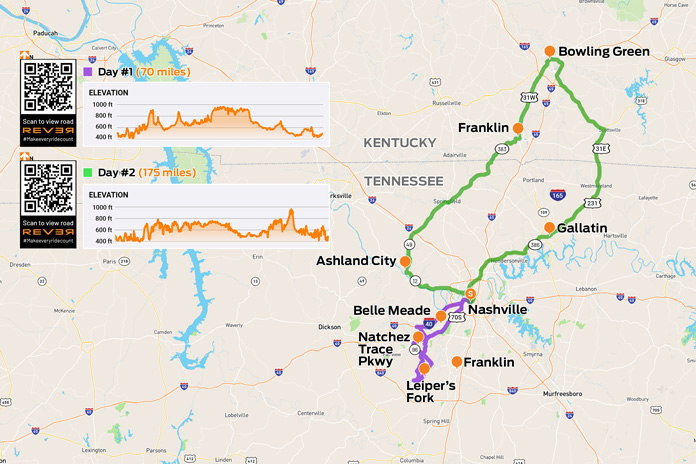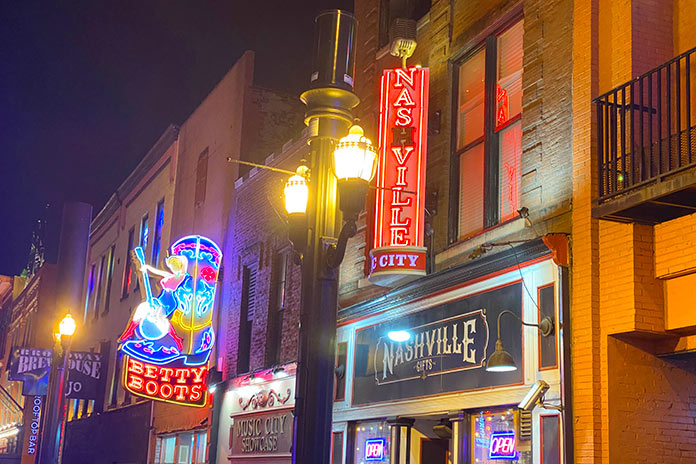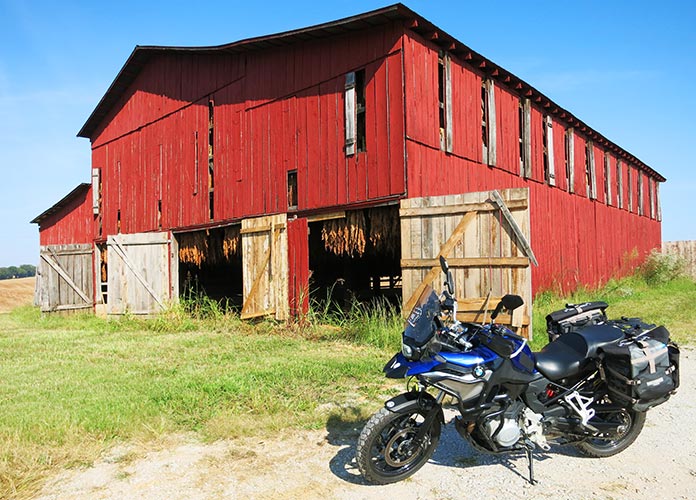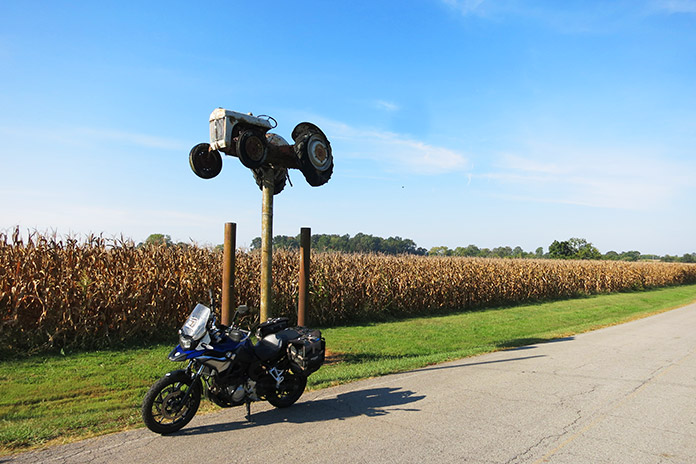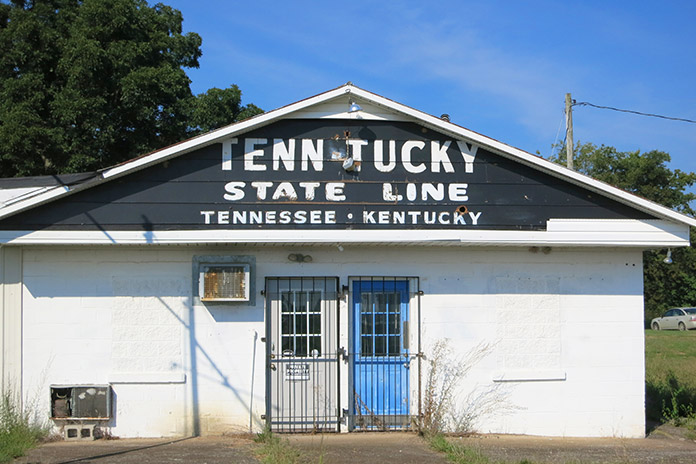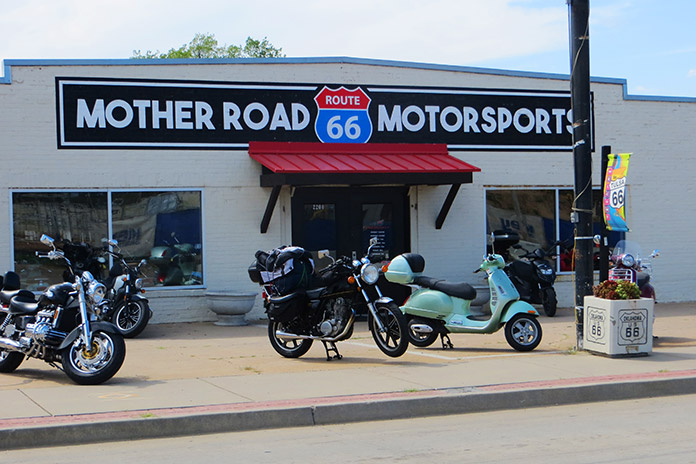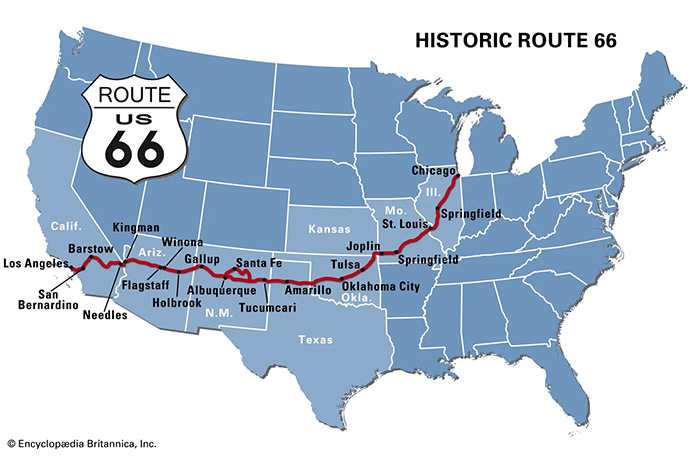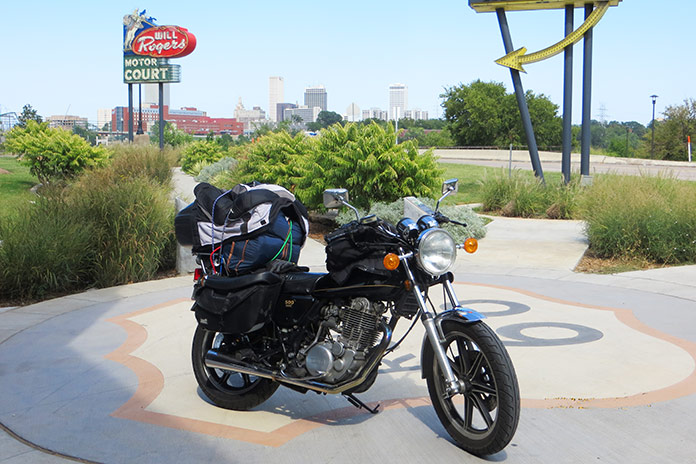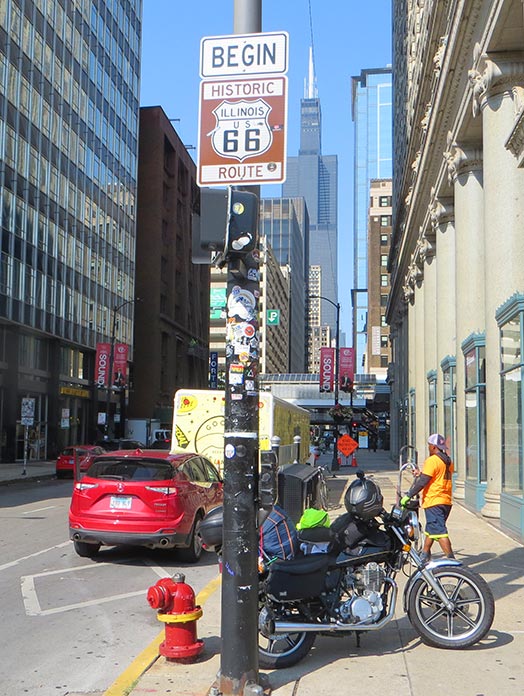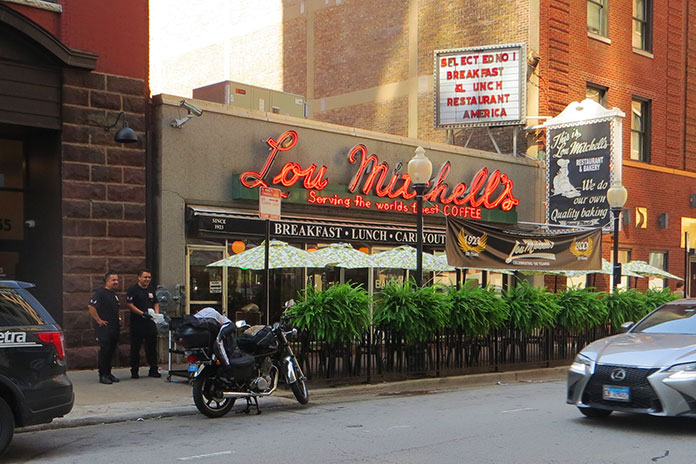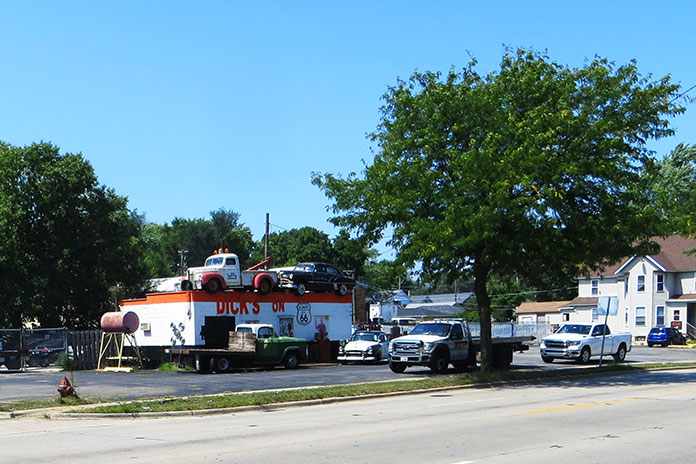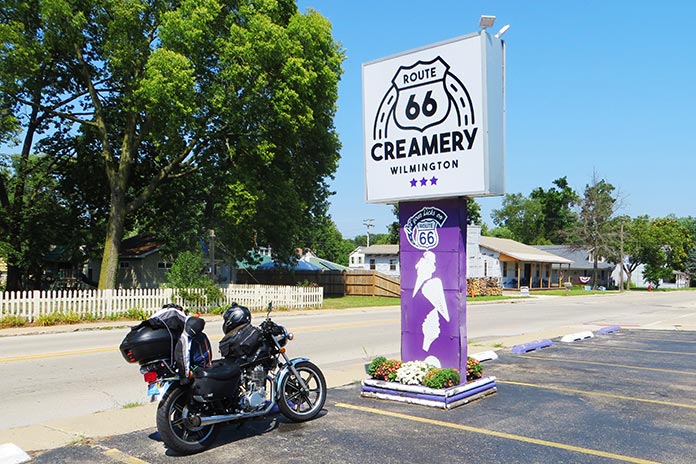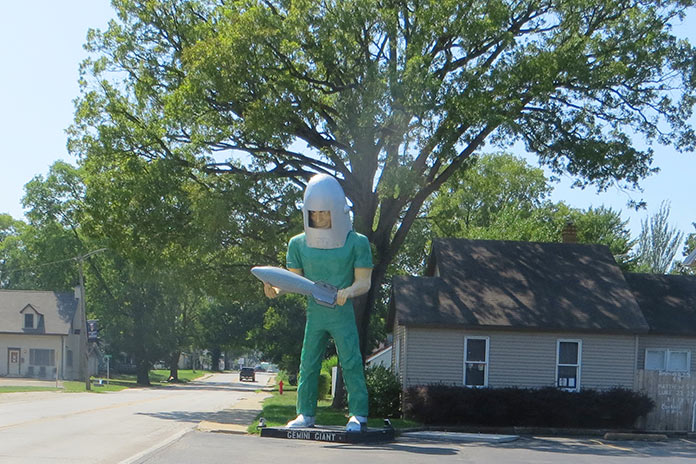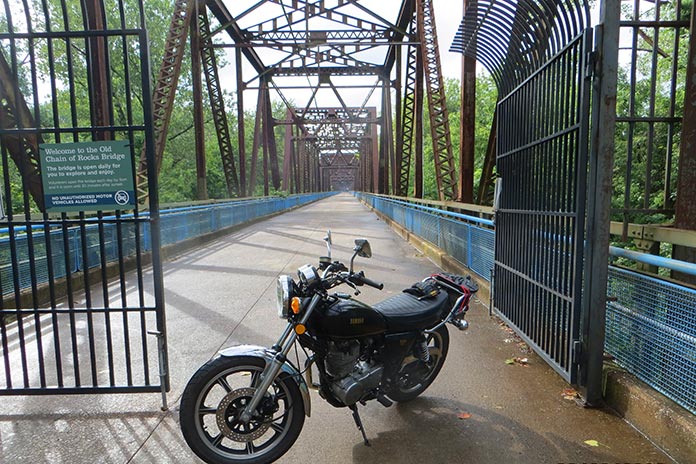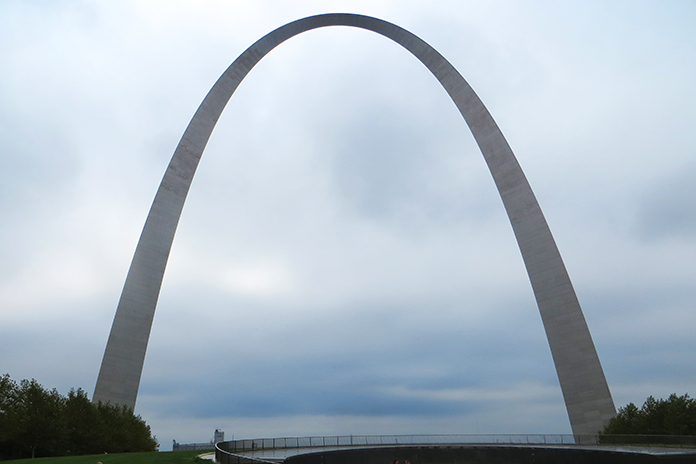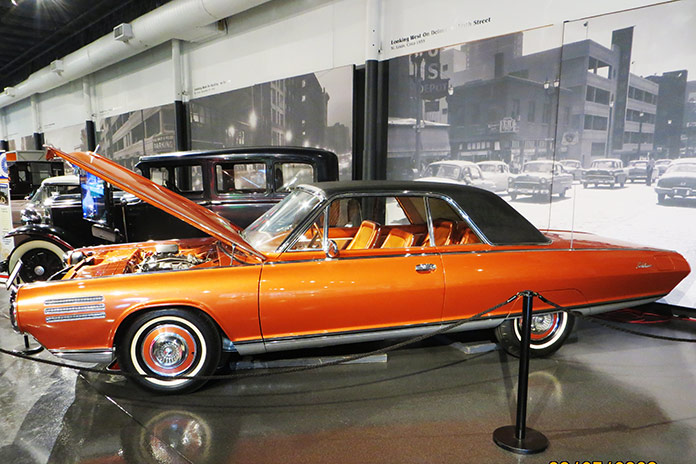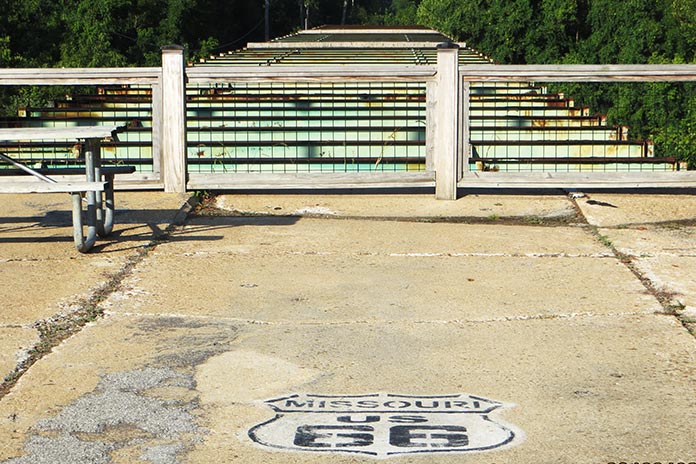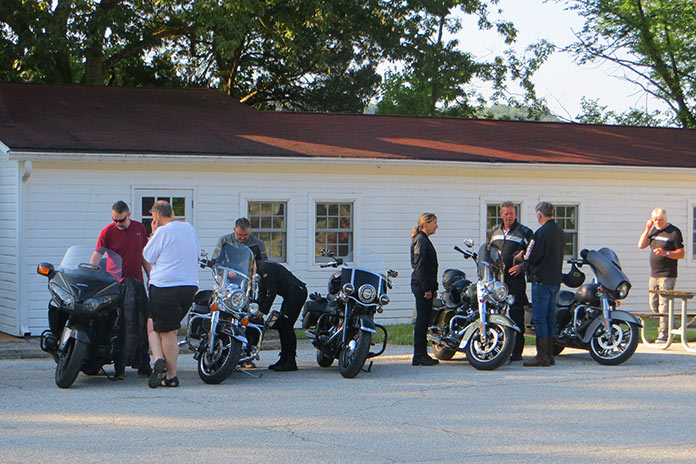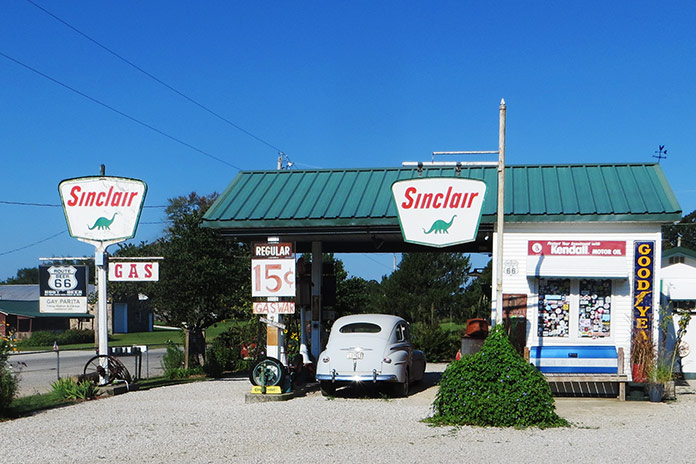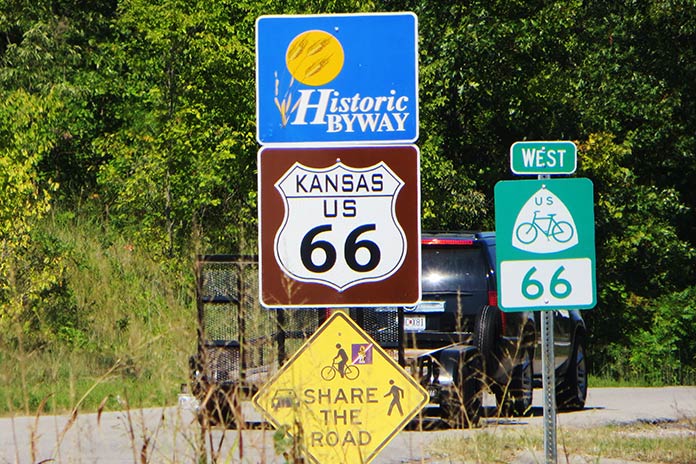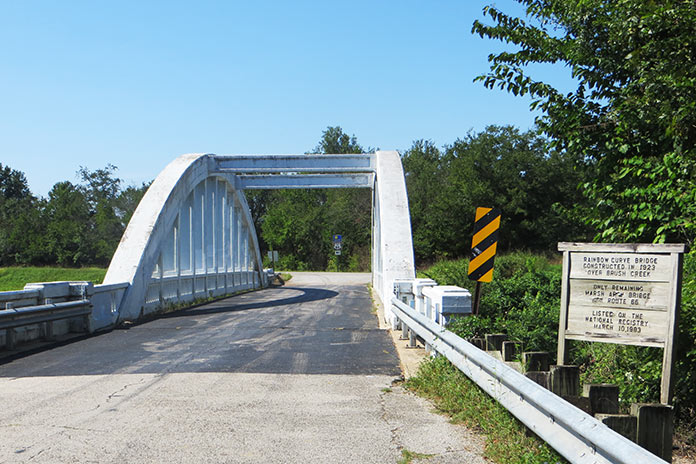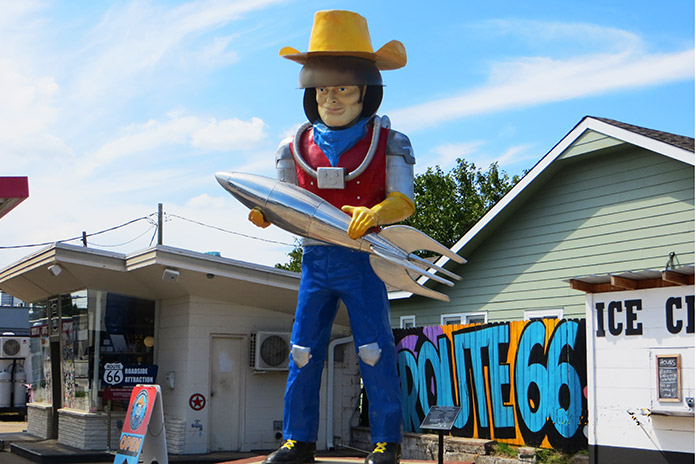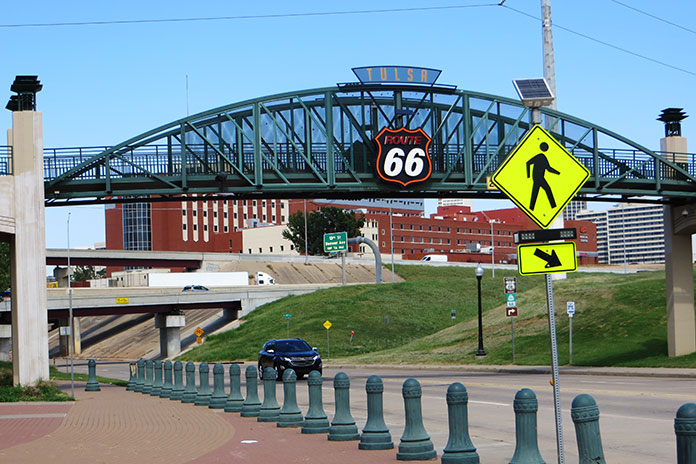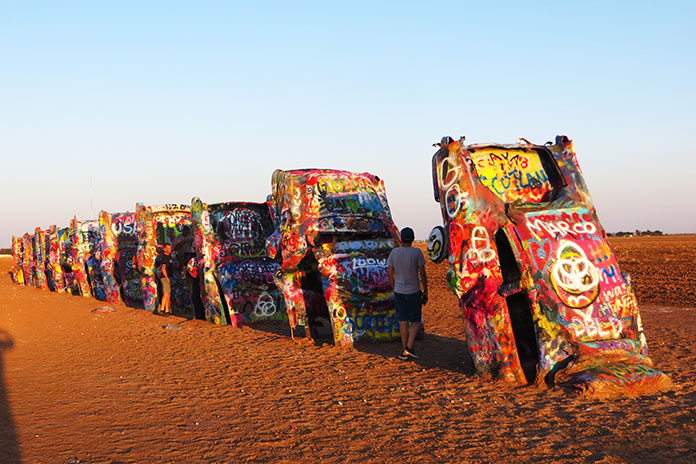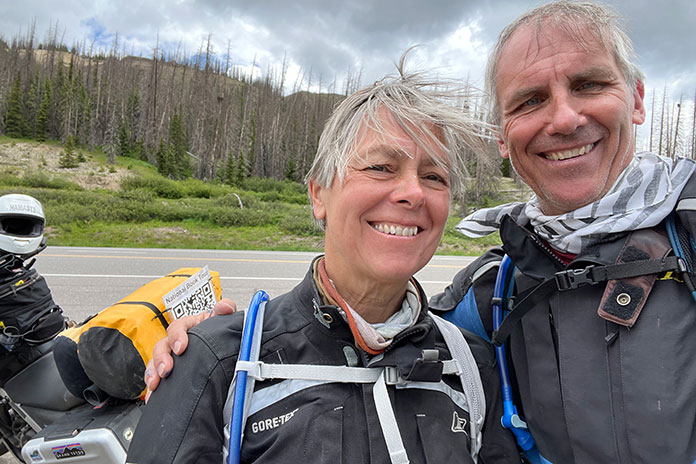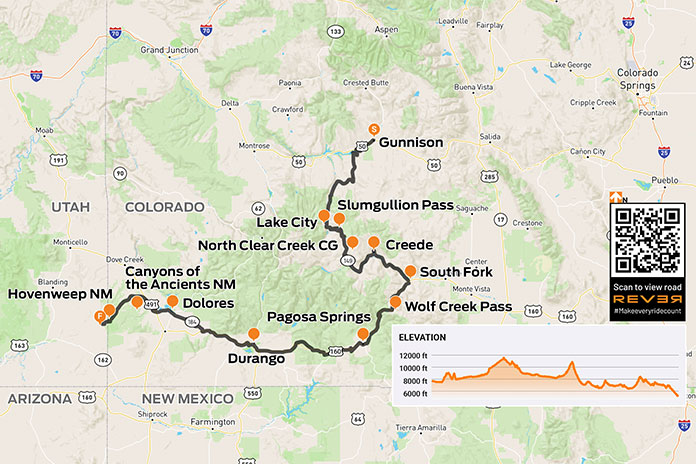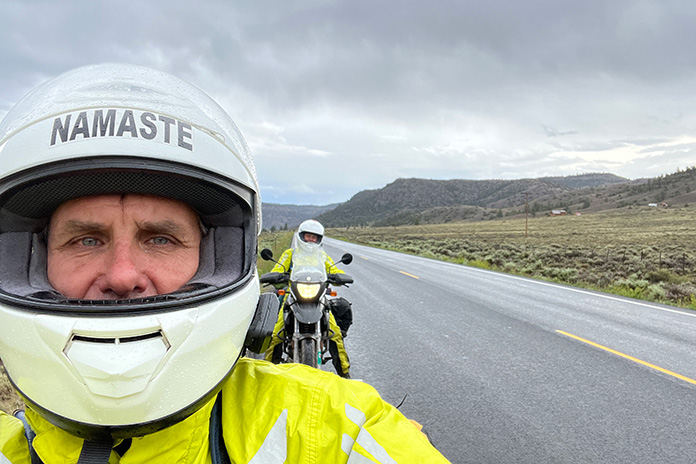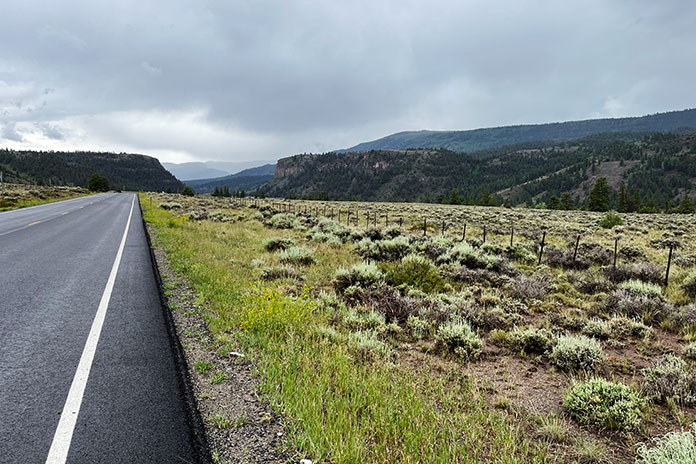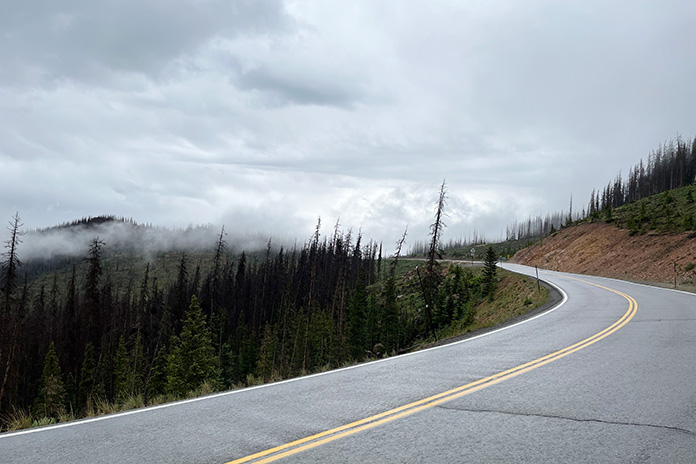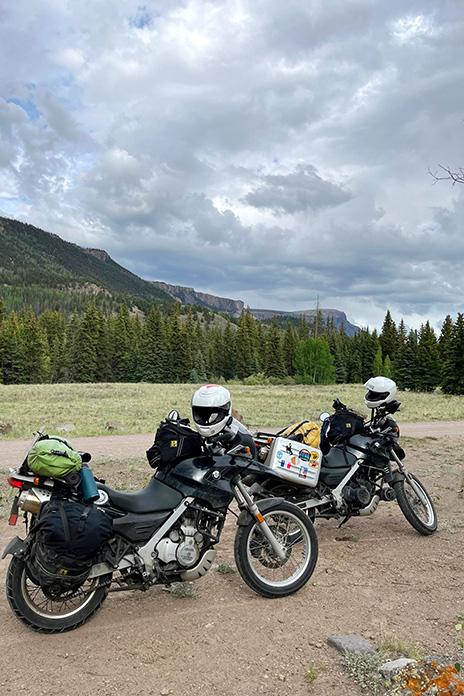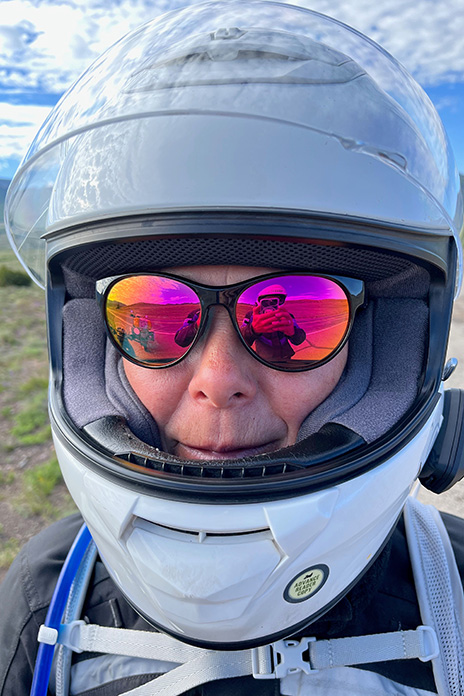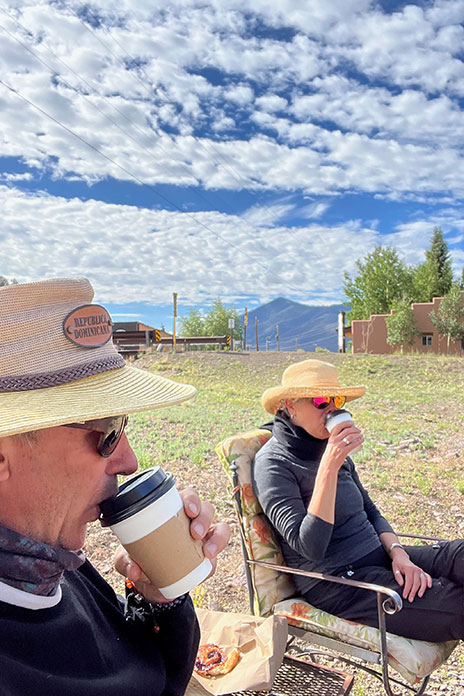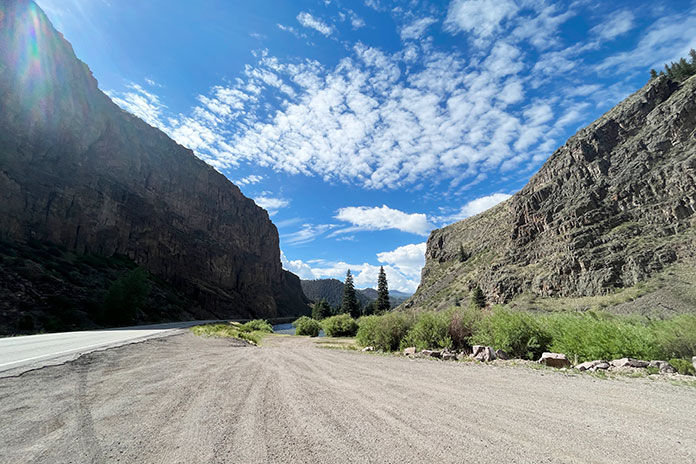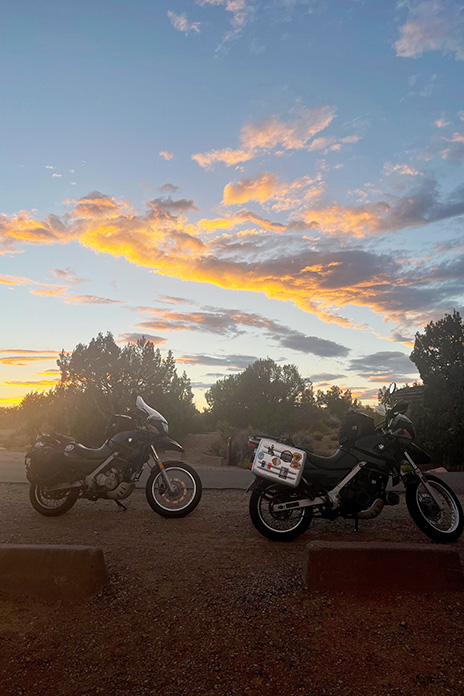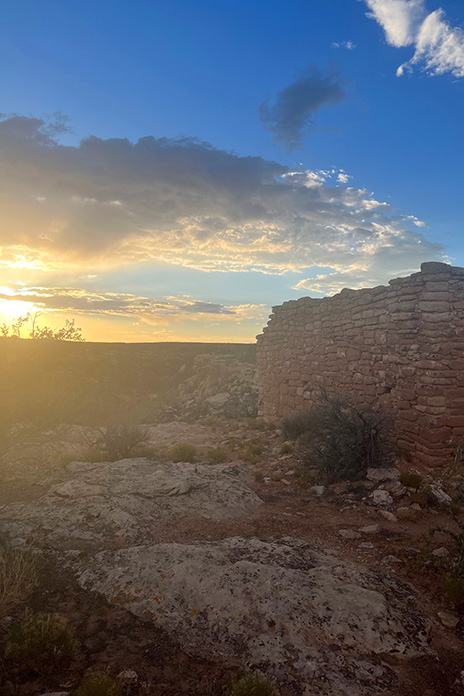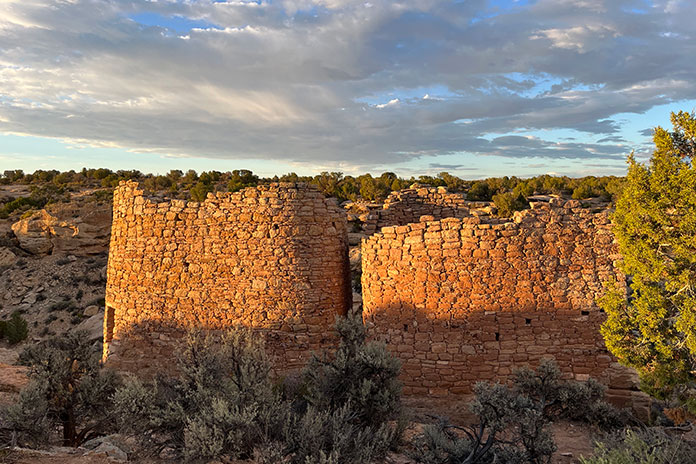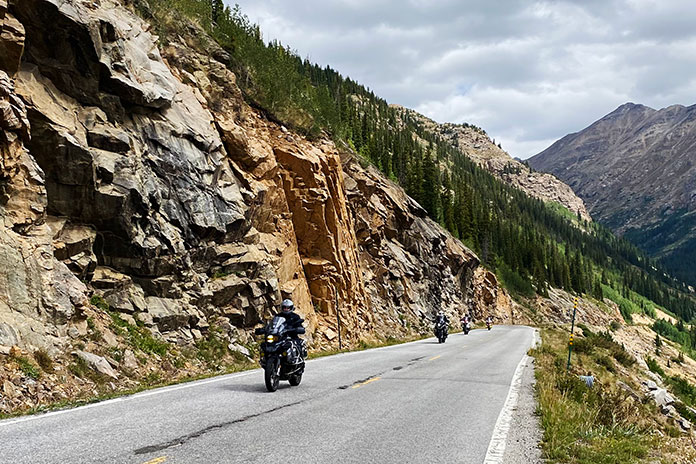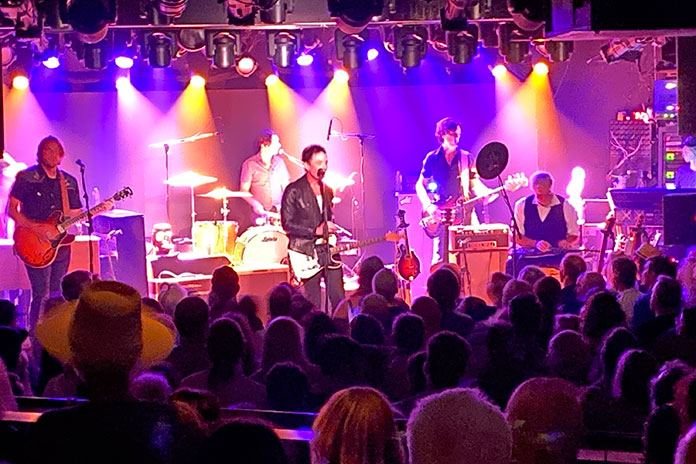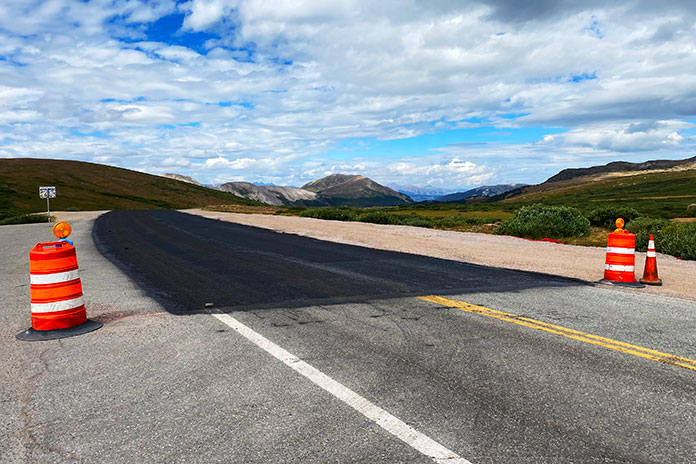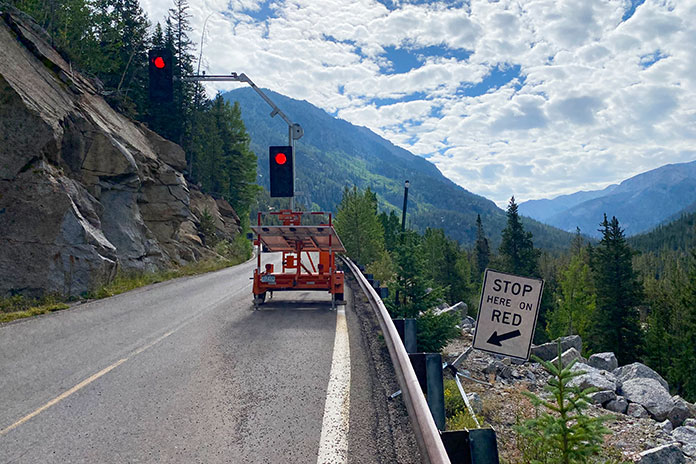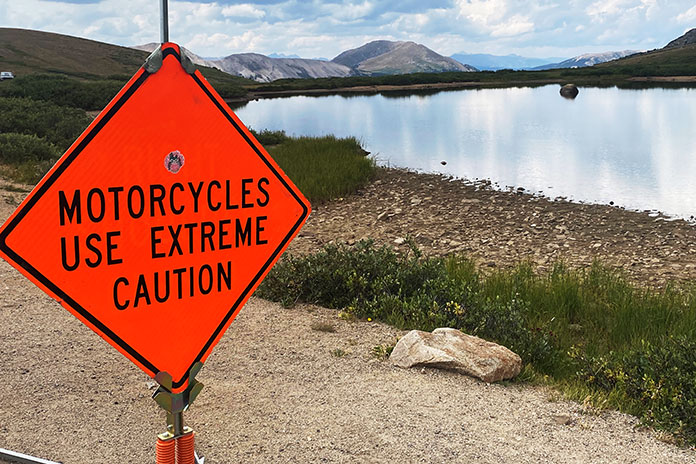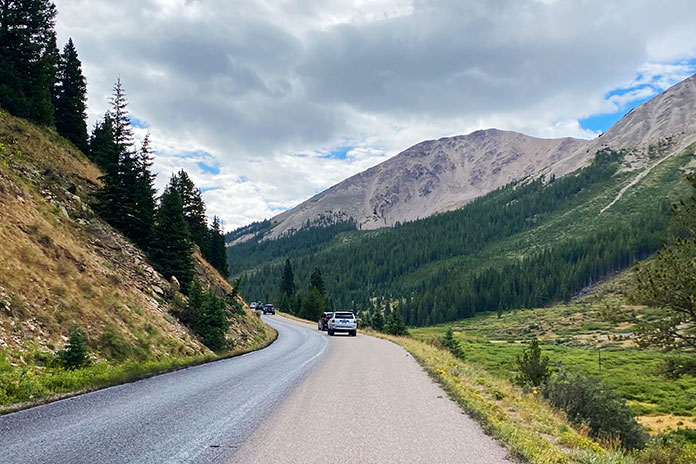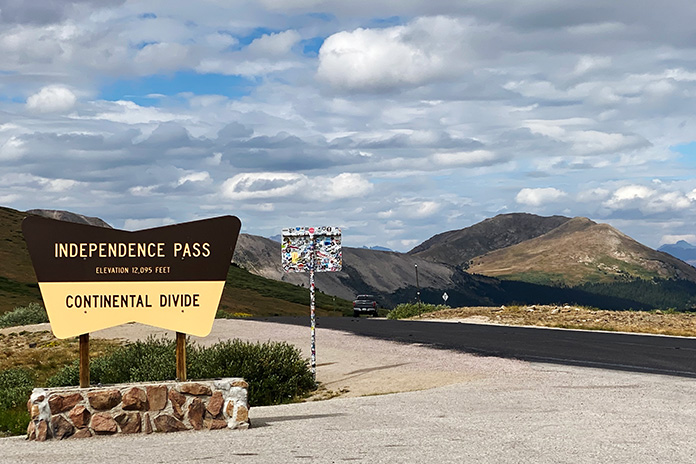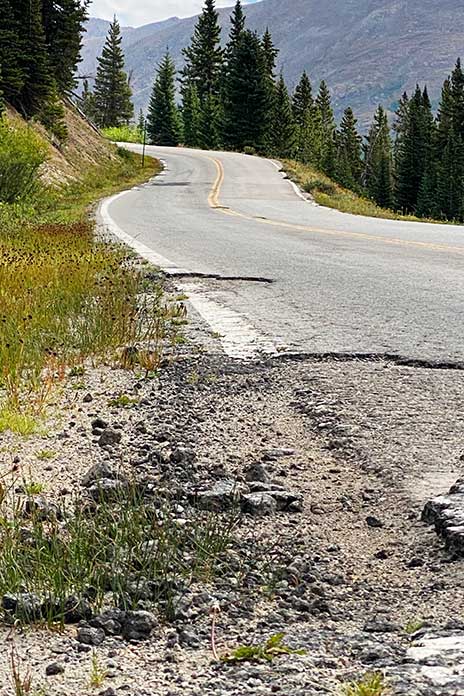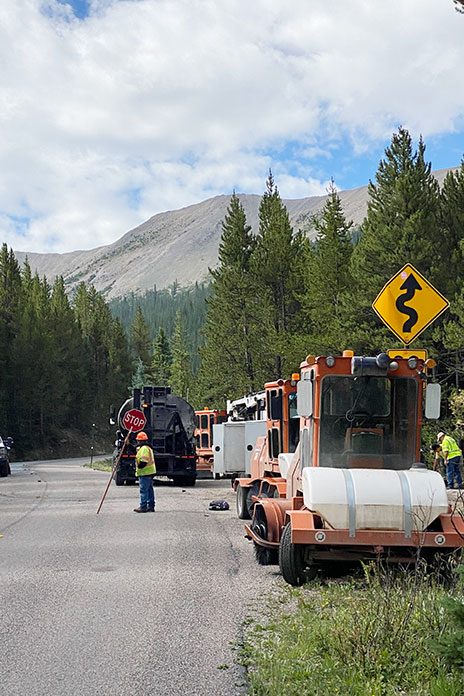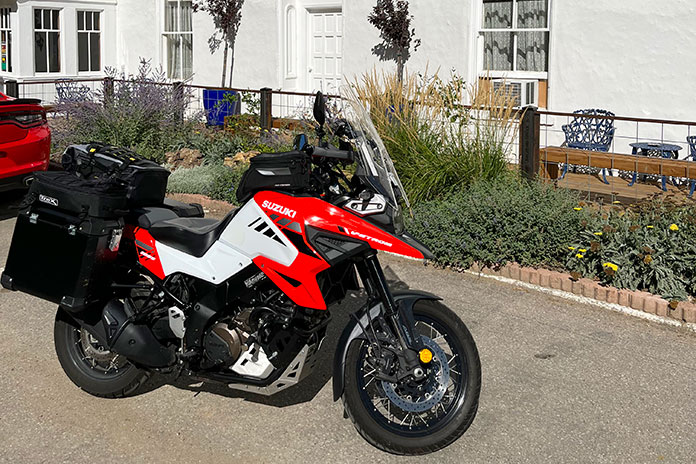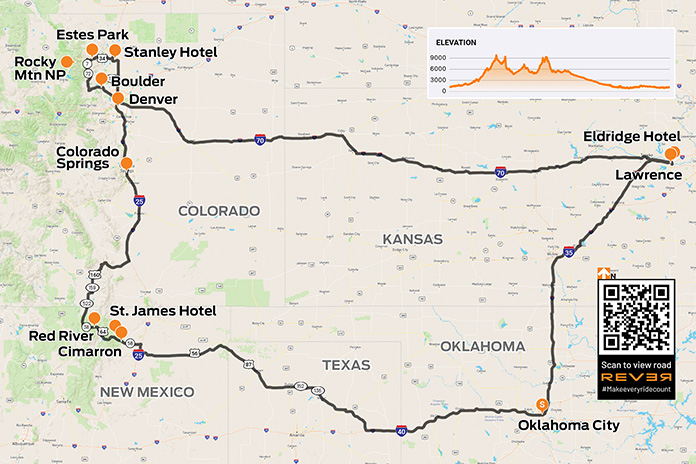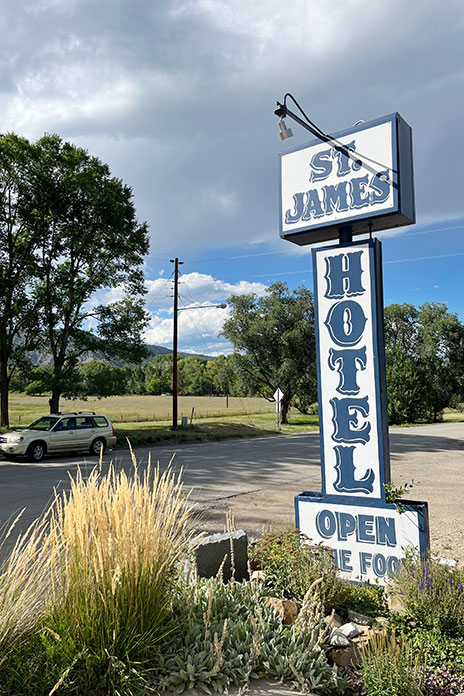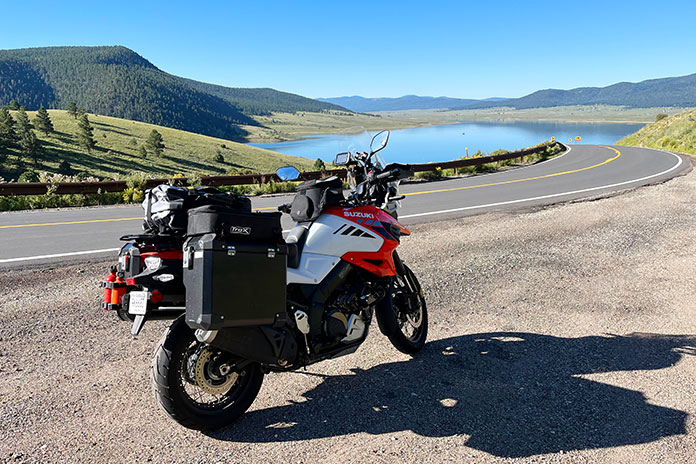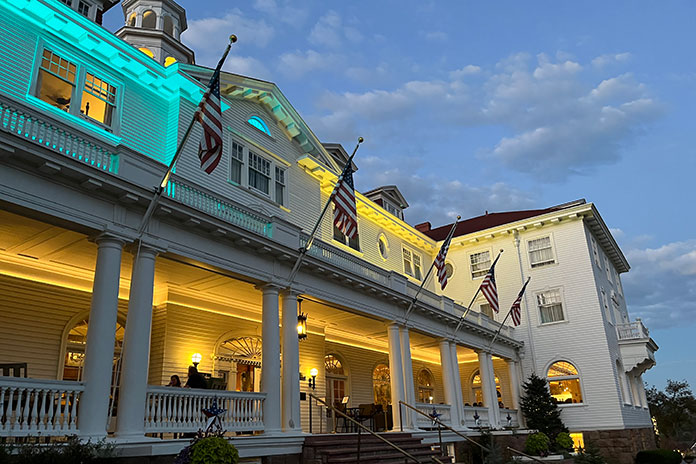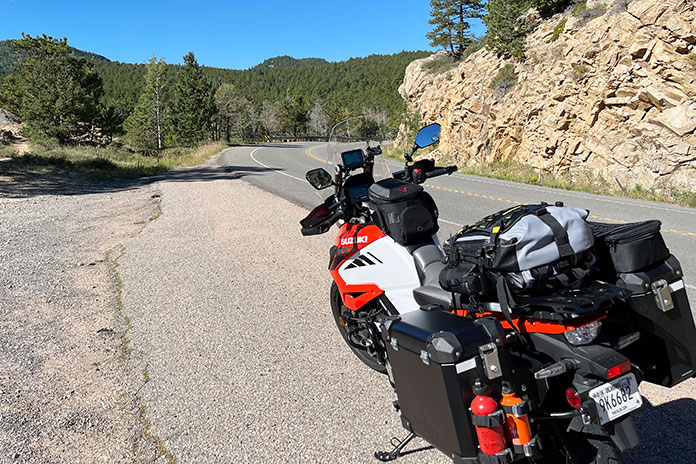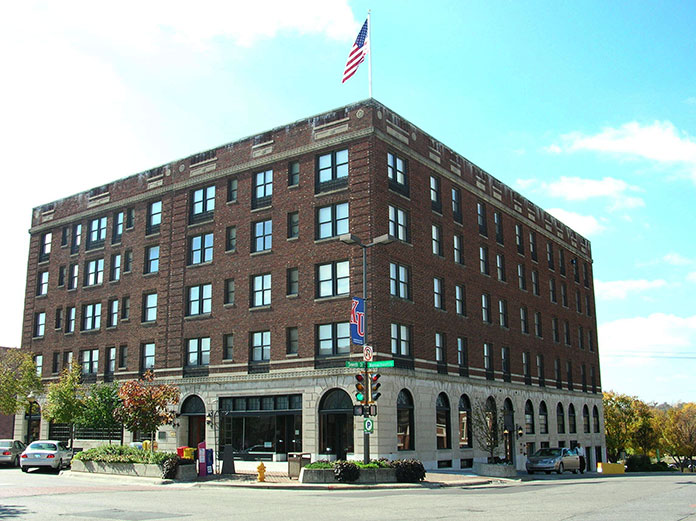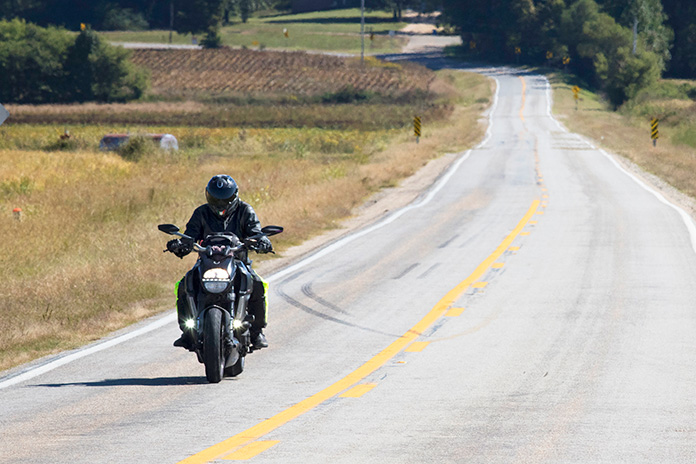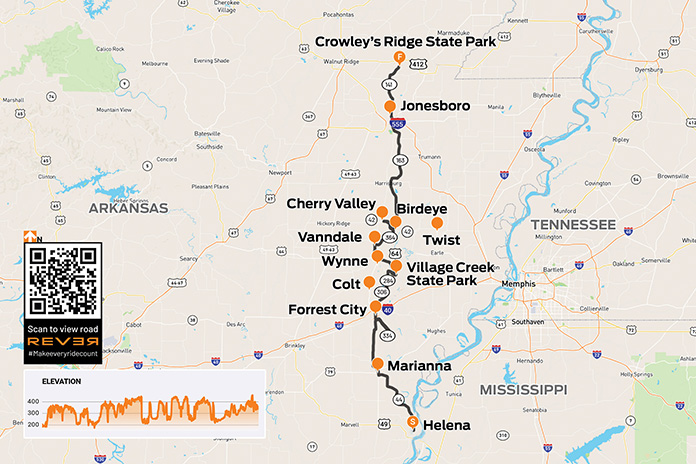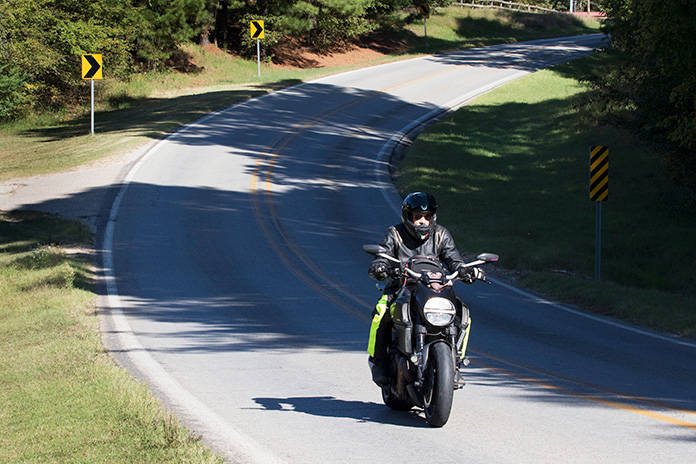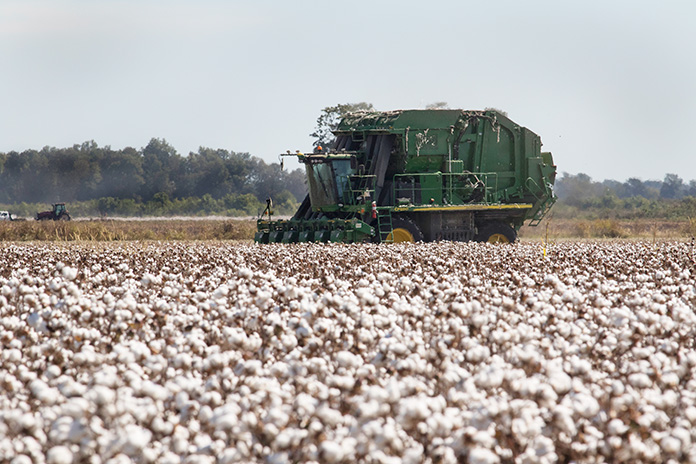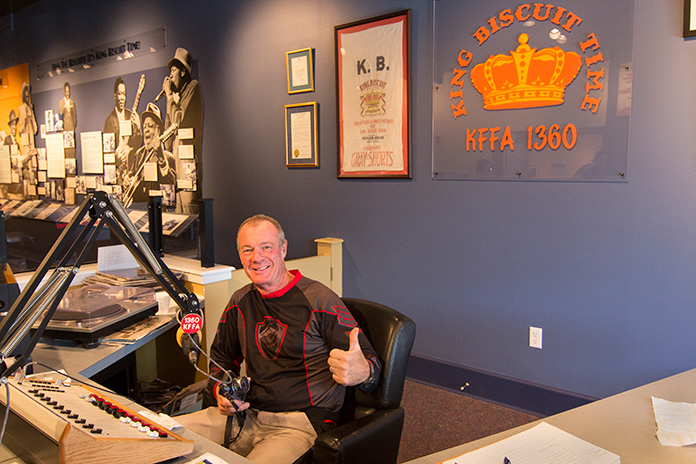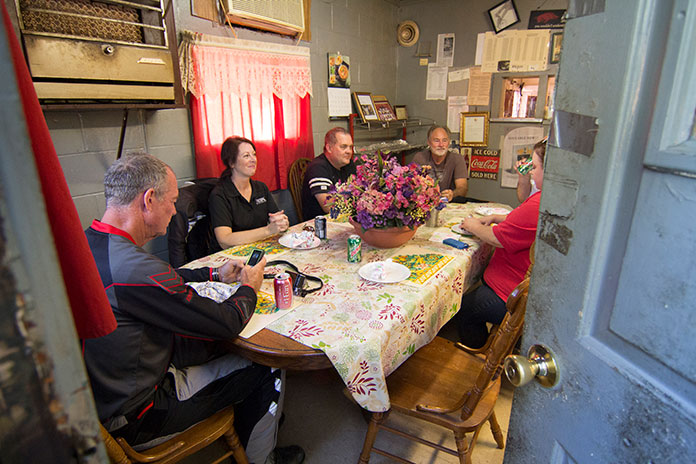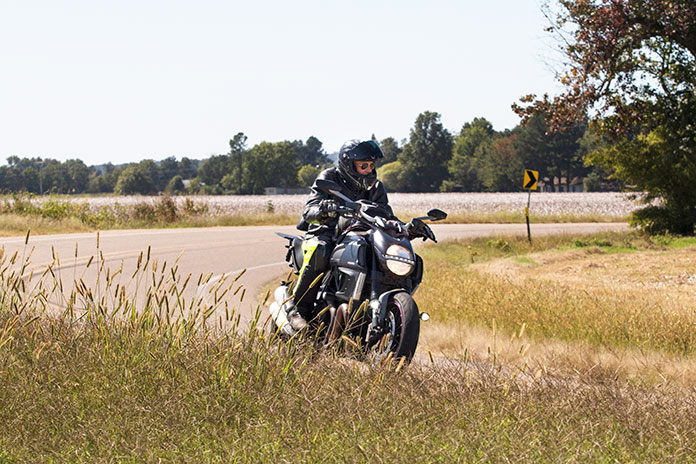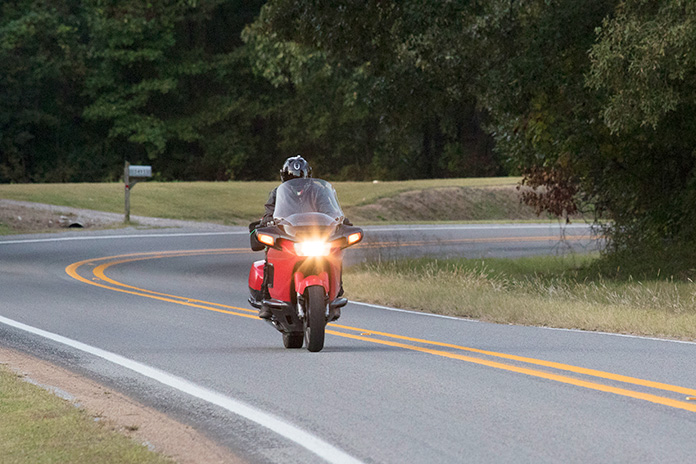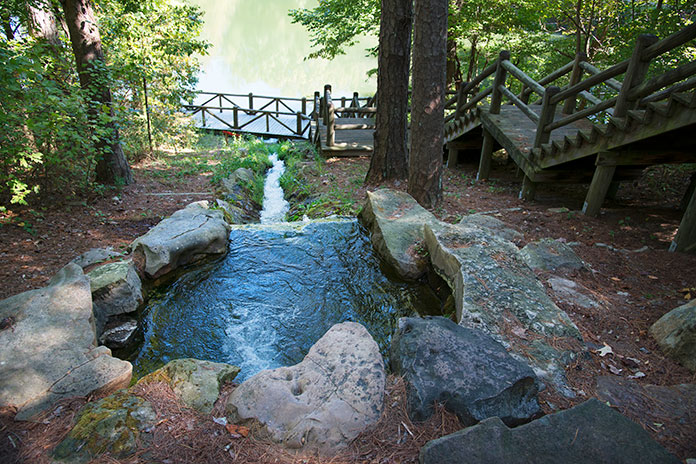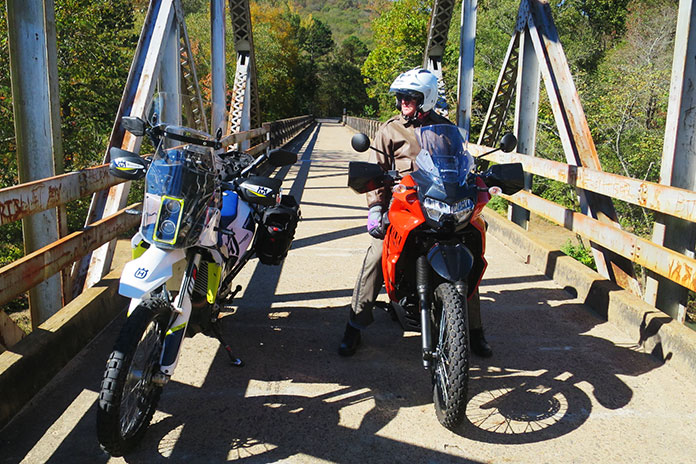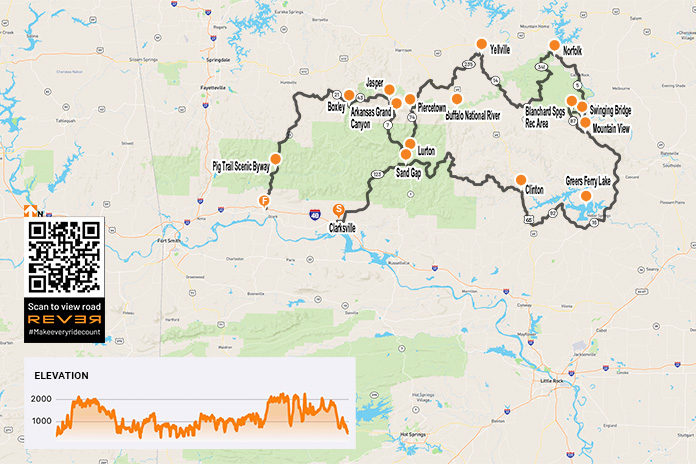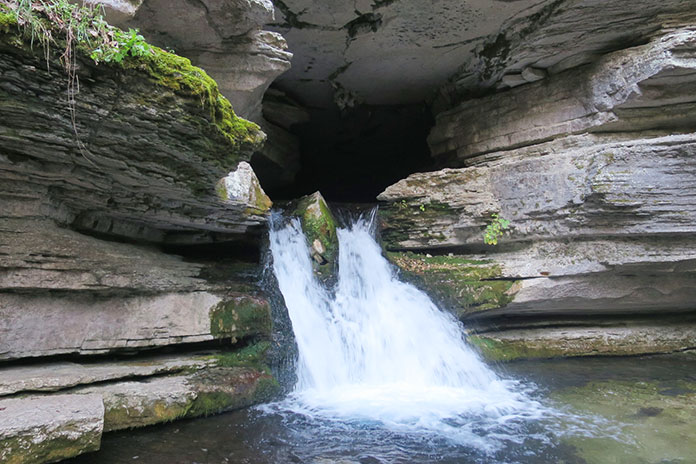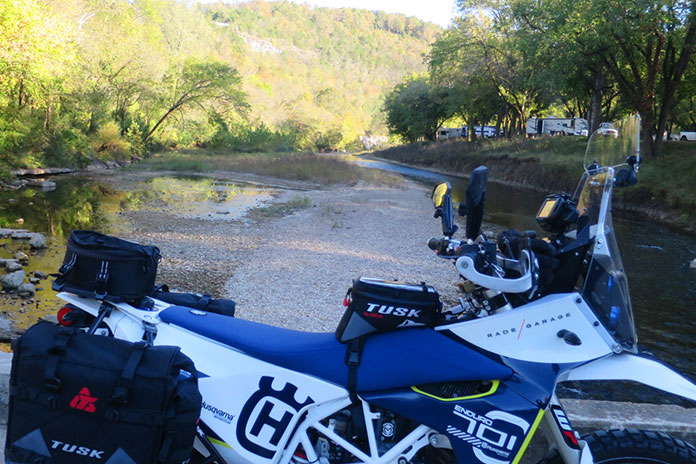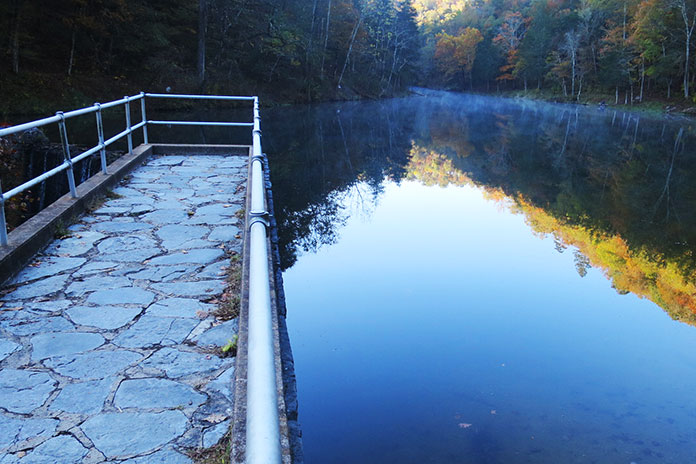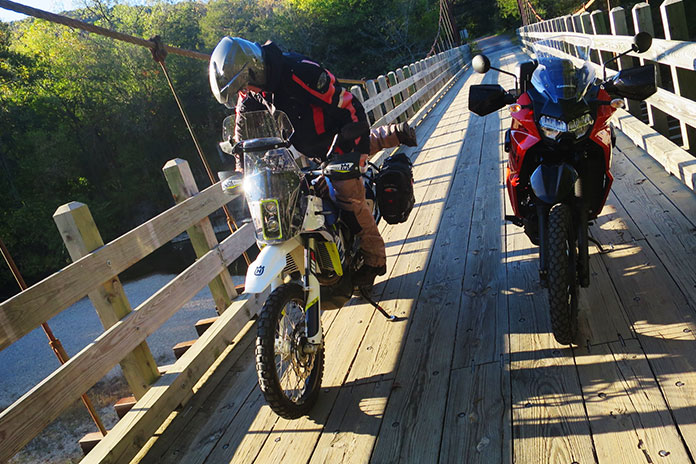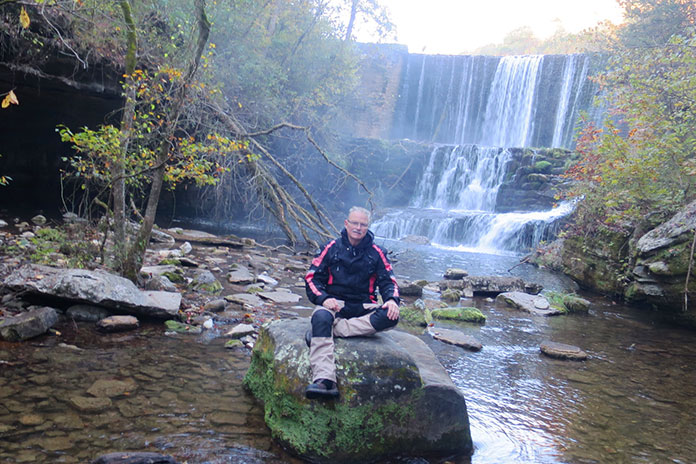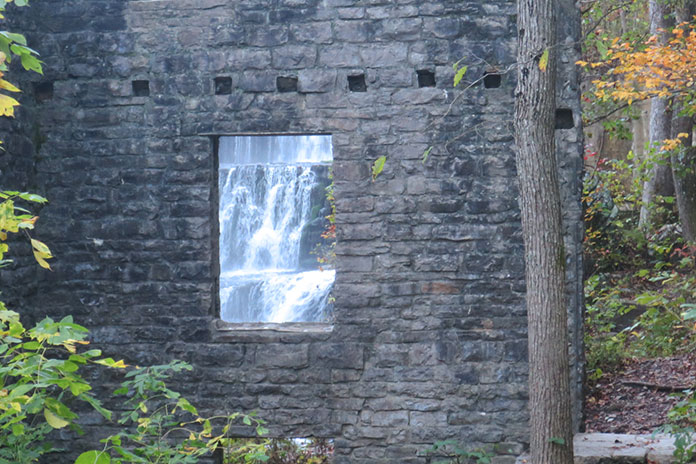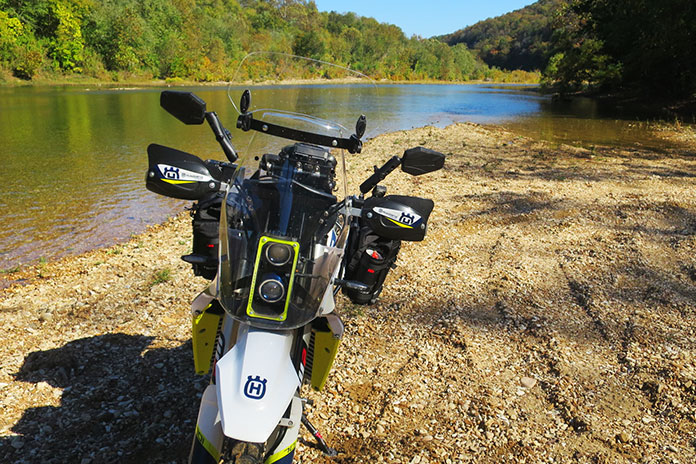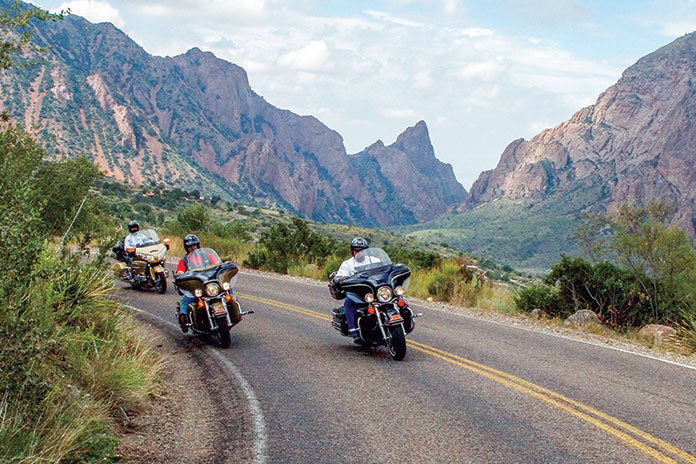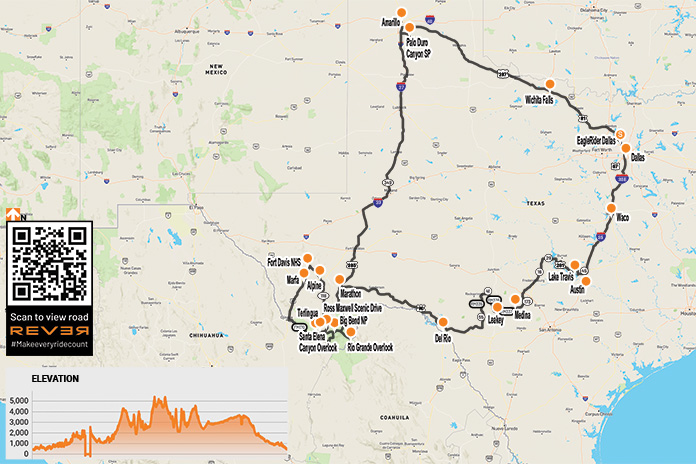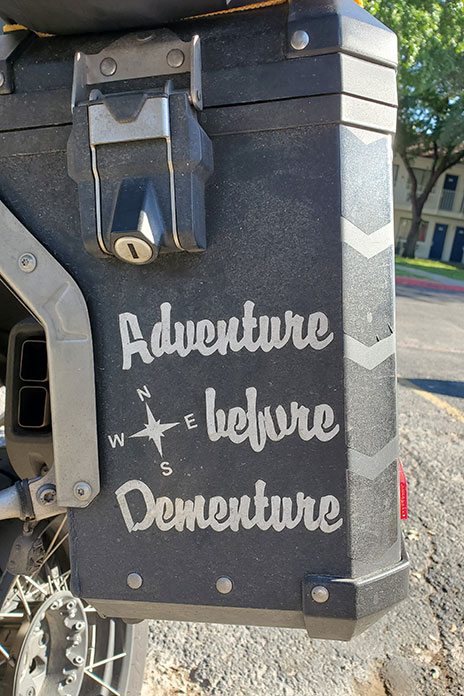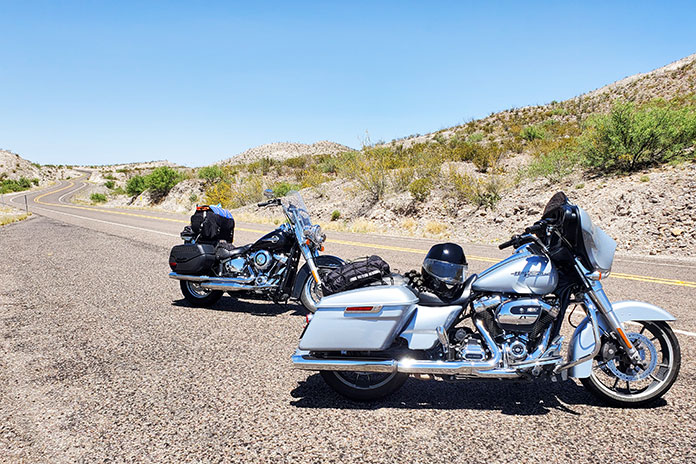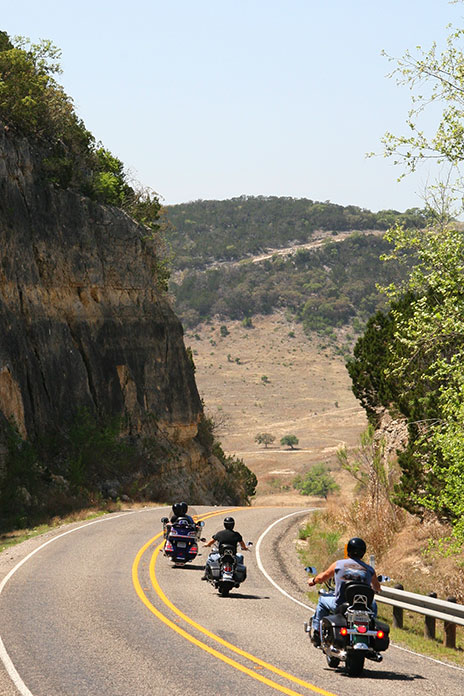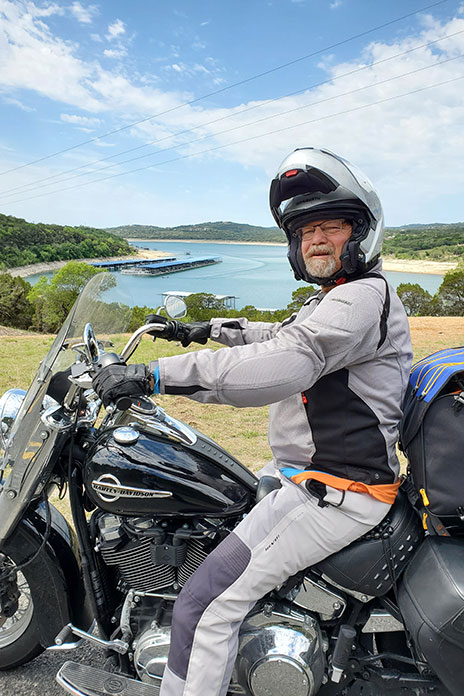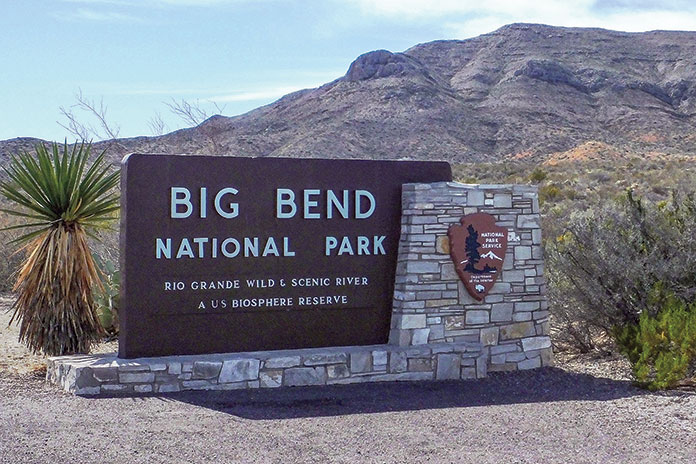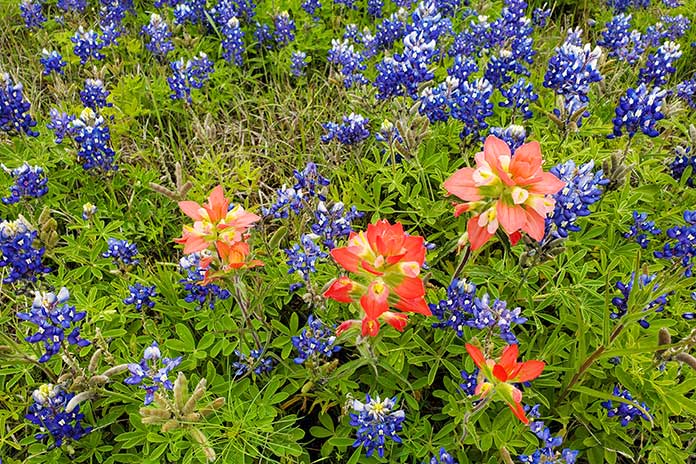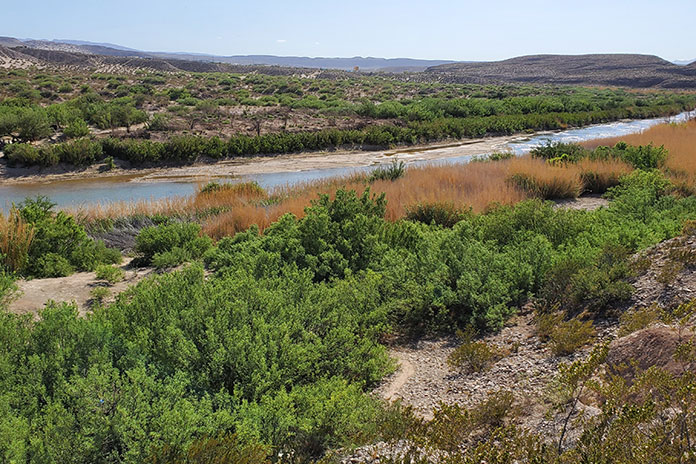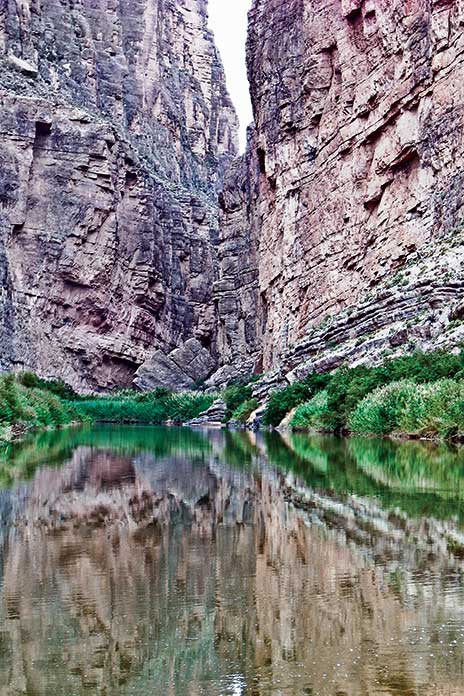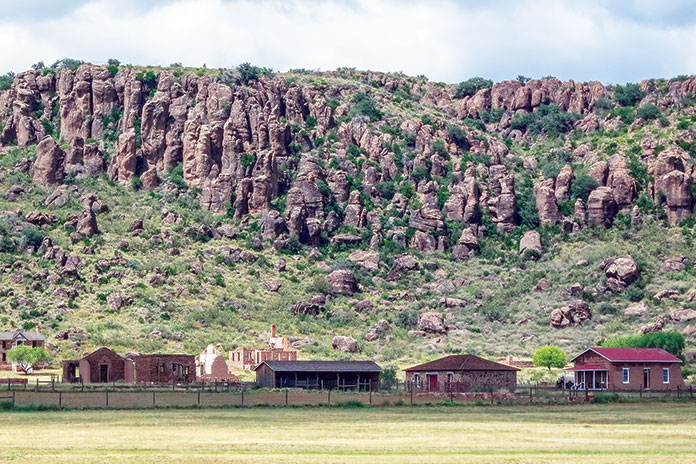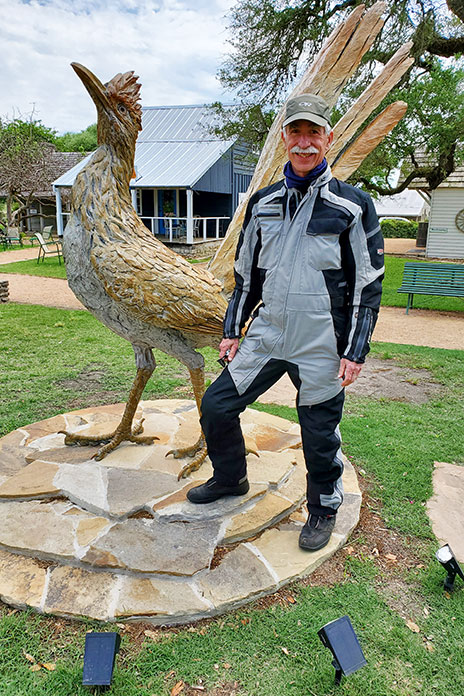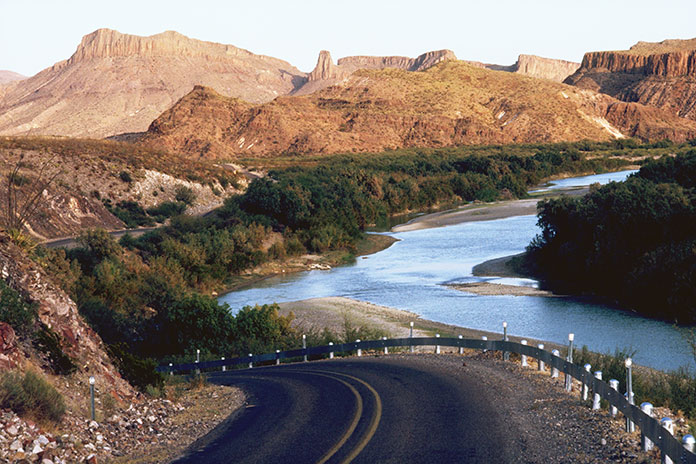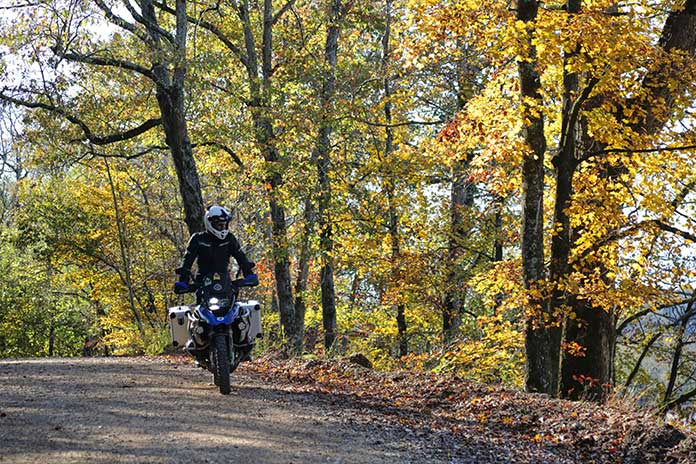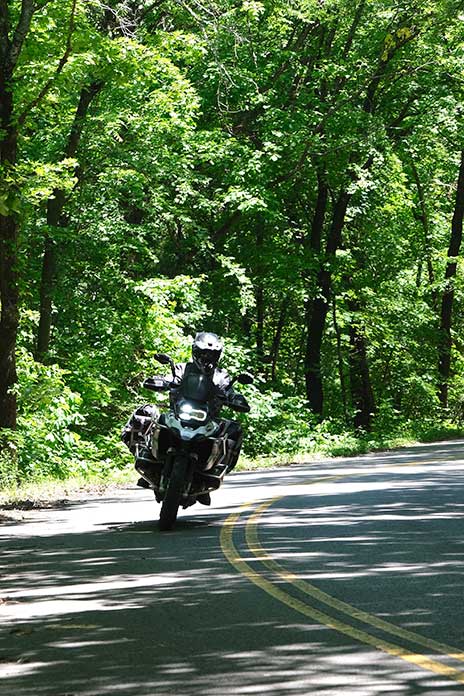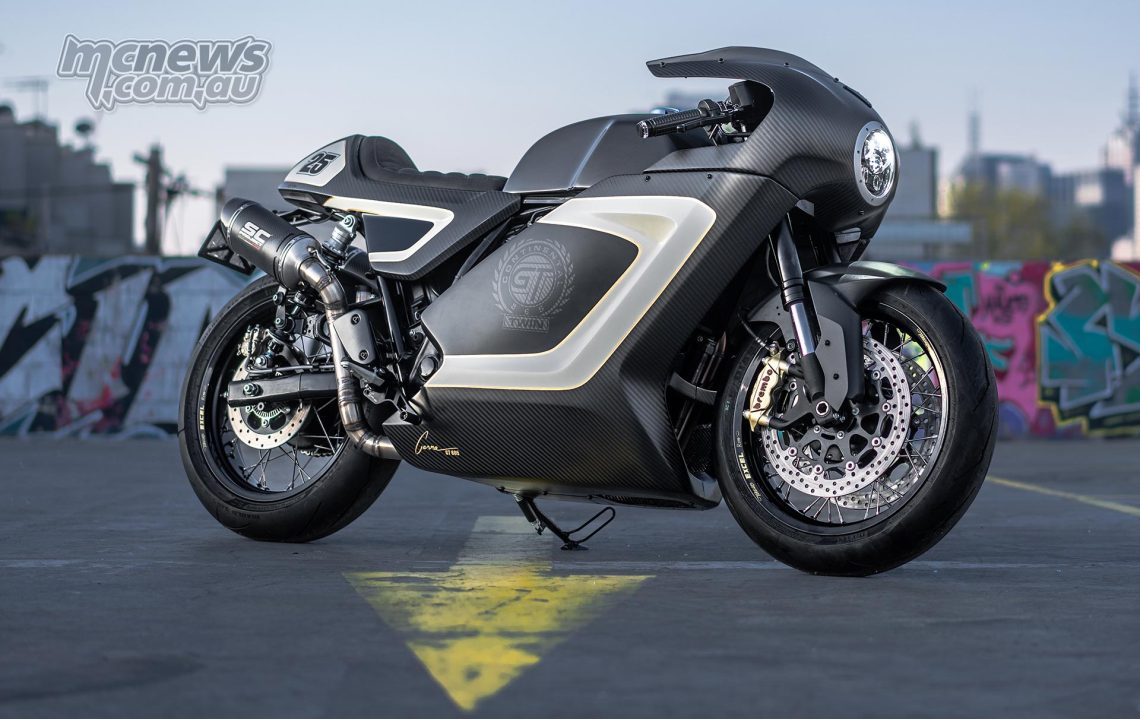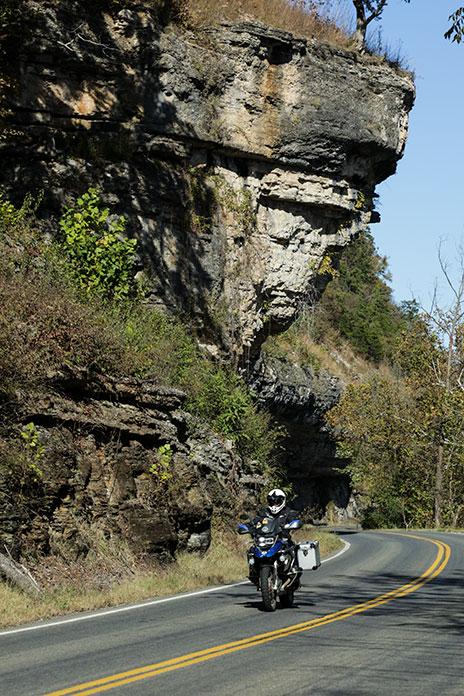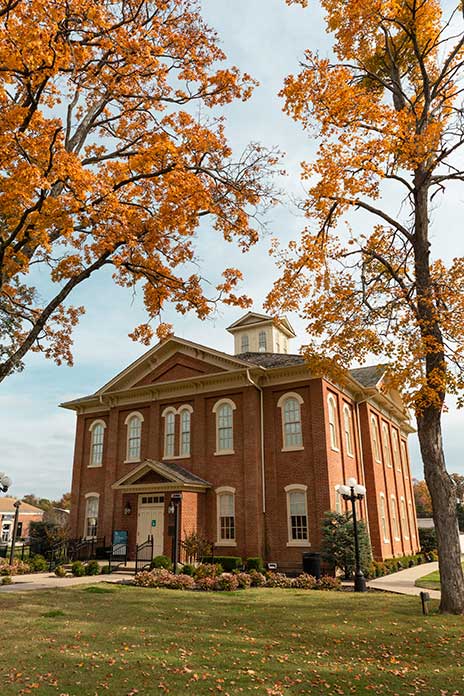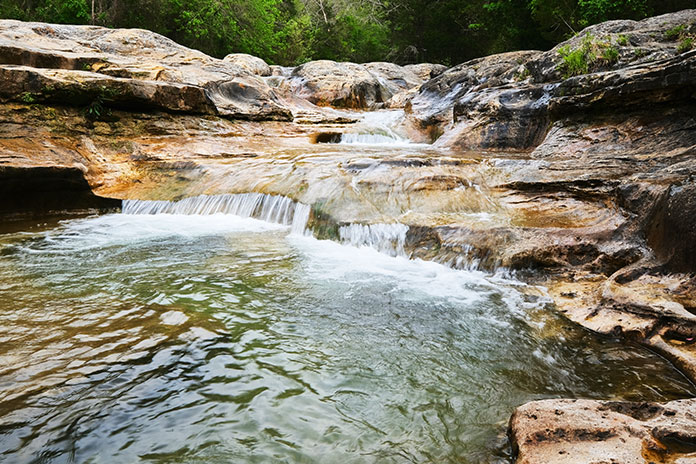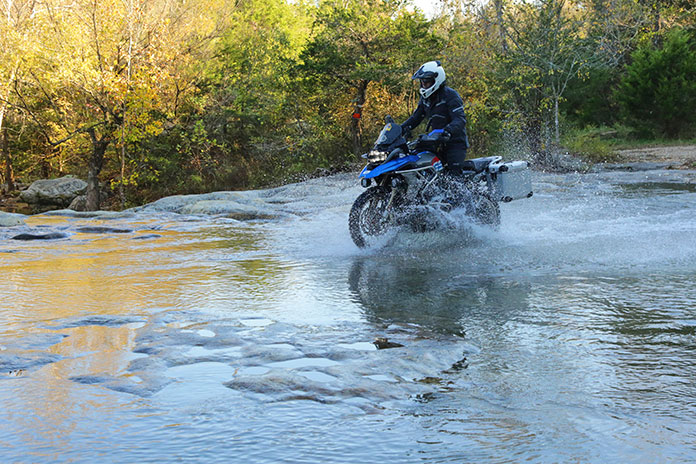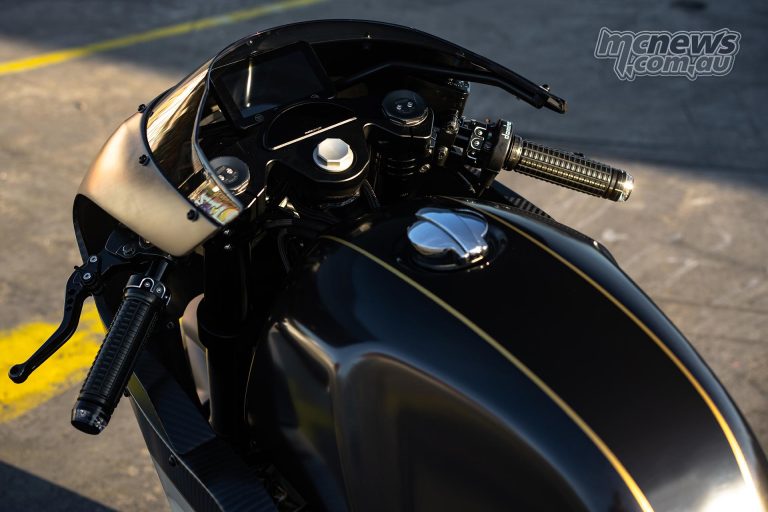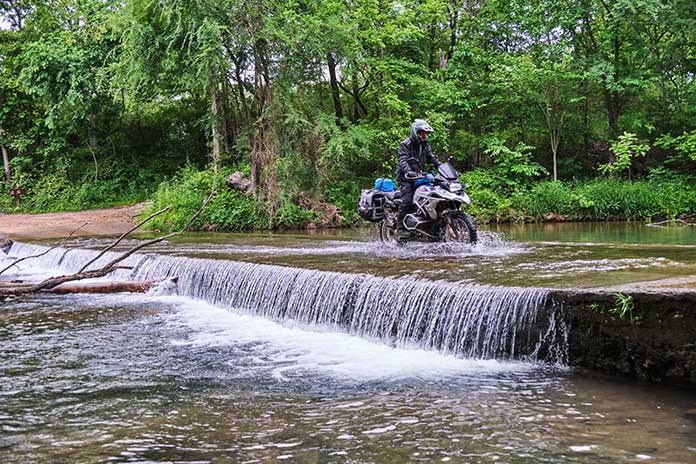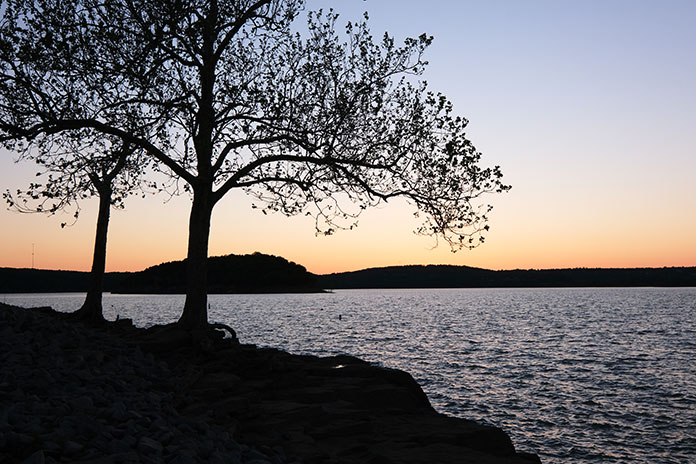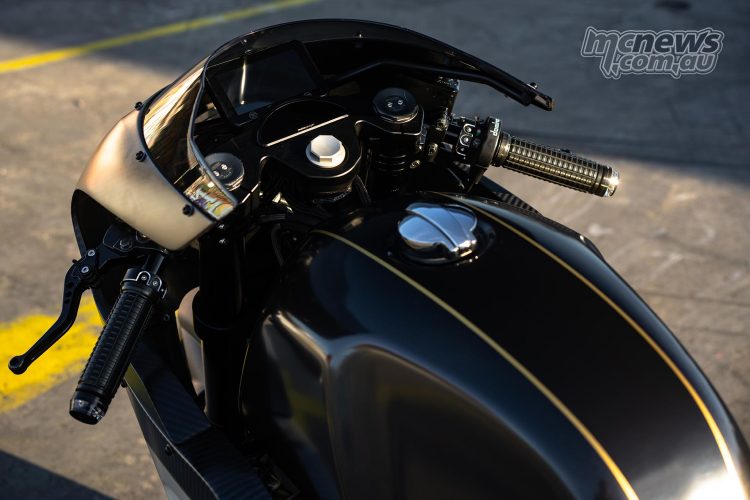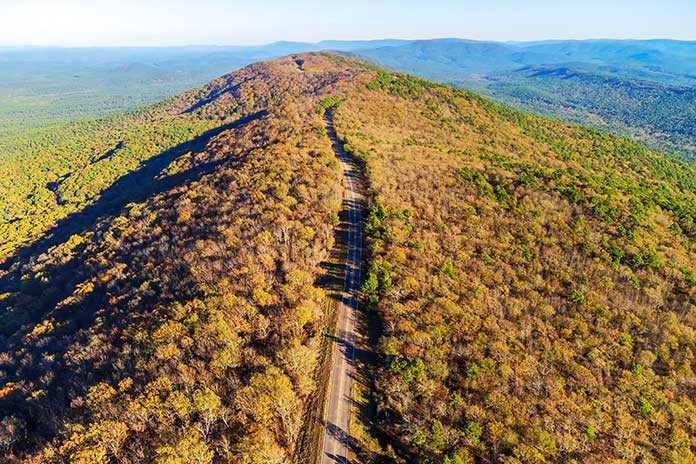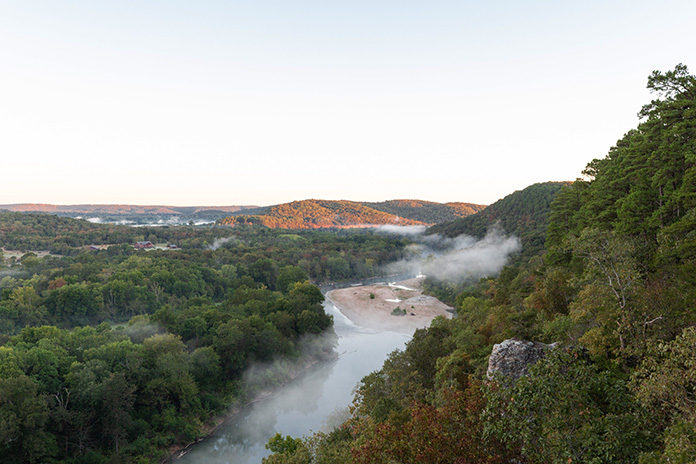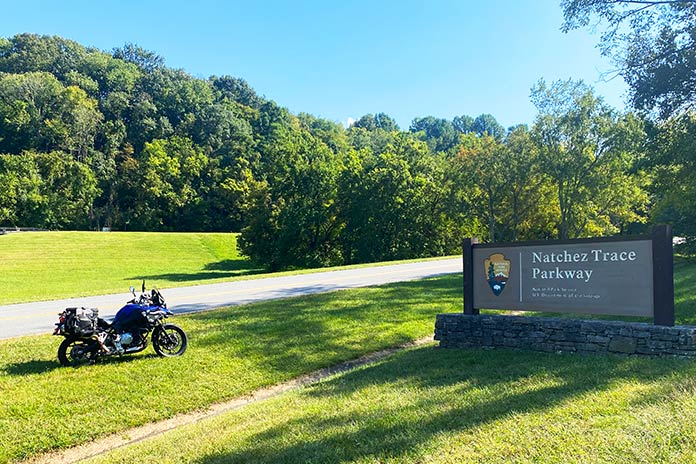
When a family friend decided to celebrate a milestone birthday in Nashville, our interest was piqued. Being big music fans and suckers for seeing new places, especially those with famously good motorcycling roads, my wife, Cheryl, and I decided to tag along. Others handled the search for accommodations and entertainment opportunities for the trip, so I was left to handle the most important job: securing a motorcycle for some adventuring.
None of the rental companies in Nashville had a motorcycle that matched my criteria, so I searched the Riders Share peer‑to‑peer rental website and found a BMW F 750 GS. I had never used this kind of rental service before, and after some easy back and forth with the motorcycle’s owners, our rental was secure. The owners even agreed to deliver the bike directly to our lodging for a small fee. All we had to do was pack riding gear.
Scan QR codes above or click Day #1 or Day #2 to view routes on REVER
After a late‑night arrival in Nashville, we settled into our rental apartment downtown. About noon the following day, a clean, blue GS rolled up. The friendly owners, Madison and Tim, gave me some great local knowledge tips for our first afternoon of riding.
Day 1: Leiper’s Fork and the Natchez Trace Parkway | Tennessee Motorcycle Ride
We did not have time on this trip for the complete 444 miles of the famed Natchez Trace Parkway, but I knew we had to ride part of it. Tim gave me a strategy for seeing some great locations and sampling the parkway in an afternoon of riding. Nashville is a hive of tourist activity, and leaving the metro area went how you would expect. We weaved around party buses and through the dense traffic, finally leaving behind the neon lights, blaring music, and bar‑hopping activity for a Tennessee motorcycle ride through the countryside.
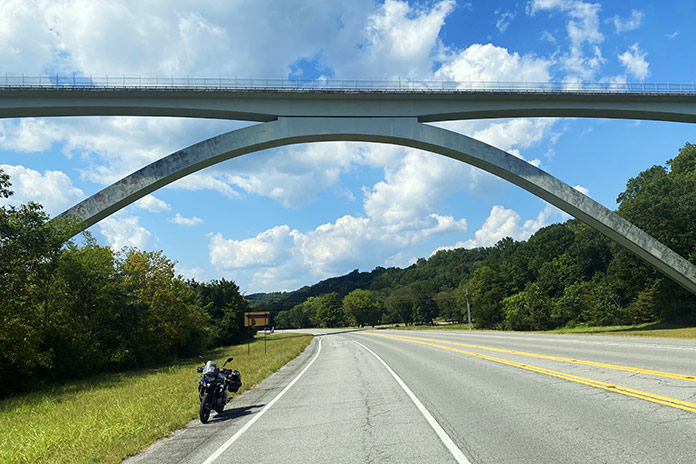
We headed northwest on Interstate 40 through farmland and beside impressive southern mansions, both historic and modern. Our eyes, conditioned by the muted pastel hues of our home state of Arizona, were dazzled by the vibrant greens of the Tennessee landscape. After exiting the freeway at McCrory Lane, perfectly furrowed crops and geometrically mowed estate lawns lined the sweeping corners. On State Route 96, the Natchez Trace Bridge, with its sweeping, whitewashed double arches, grew on the horizon.
See all of Rider‘s Tennessee touring stories here
A bit more riding brought us to Leiper’s Fork. The quaint village, once a virtually unknown dot on a map, has emerged as a small, thriving arts and entertainment center. It is also near sprawling estates owned by music and entertainment superstars like Faith Hill, Tim McGraw, and Nicole Kidman.
On the town’s short main street, we dropped a kickstand at the Fox & Locke Restaurant, a historic establishment with a common feature at any bar or restaurant in this neck of the woods: a stage for live performances. Cheryl ordered the classic BLT, and I chose the catfish sandwich – flaky white fish topped with a medley of slaw, grilled onions, and pickles – which was a culinary highlight of our entire vacation.
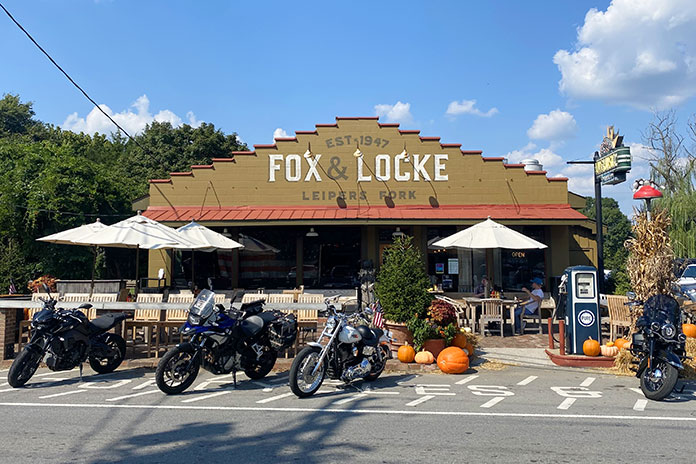
After a walk by the shops and galleries of the small town, we rode onto the Natchez Trace Parkway. It was almost surreal how the traffic dropped away, the road became smooth, and the terrain morphed into an undulating delight. Mowed grass lined the sweeping corners of the parkway, and wooded thickets added to the texture of the ride. I did not have to slow for traffic once on our way to the Parkway’s northern end, which included riding over the massive bridge that we rode beneath earlier. The entirety of the Natchez Trace is now on my bucket list of rides.
After exiting the Parkway, we passed another famed local eatery, the Loveless Cafe, but I was too full from lunch to indulge in their legendary biscuits and gravy. We made our way to the Belle Meade Estate and Winery for a brief tour of the historic property before rolling back into Nashville.
We spent the night sampling what has made Nashville famous – music. I doubt there’s a Broadway Street music hall that we did not visit. Night clubs sporting the names of famous country stars teemed with tourists as music blared from every direction. Multi‑leveled bars offered performers on each floor. We opted for the rooftop settings as they tended to be less intense and crowded. Far from a lazy Southern city, Nashville is a frenzy of people and music often referred to as “Nashvegas.”
Day 2: Burning Barns and Bowling Green | Kentucky Motorcycle Ride
With country music still ringing in my ears, I geared up for a solo ride north of Nashville as Cheryl opted to sleep late. I headed northwest toward Ashland City on State Route 12, a smooth and pleasant roll through sweeping corners on a road which lived up to its designation as a state scenic parkway. From Ashland City, I made my way onto State Route 49 on a northeastern path toward Kentucky.
I was fully engulfed in farmland. End‑of‑season cornfields dried in the September sun, and various other crops were green and thriving. An unexpected sight led me to stop and reach for my cellphone. Smoke was wafting from the gables and overhangs of a large red barn. I could not help but think about the short story “Barn Burning” by one of my favorite Southern authors, William Faulkner. Just before I did my civic duty by calling 911, I noticed another barn on the horizon emitting the same white smoke. A quick Google search set me straight.
It was tobacco curing season, and farmers were drying their crop at 135‑140 degrees with carefully controlled fires within those barns. What was, at first, a concerning sight was now a source of intrigue and education for this Arizona boy. After passing by those smoldering structures, I saw another type of tobacco curing: huge red barns had doors opened wide, and tobacco hung from ceilings. If I hadn’t already done my roadside research, I may have mistaken the tobacco leaves for drying animal hides.
See all of Rider‘s Kentucky touring stories here
The ride through farmland continued as I passed from Tennessee into Kentucky, another tobacco‑producing state. The road carried new signage as Kentucky Route 383. I rolled into Franklin, a historically rich small city with a beautiful brick and stone downtown area, where Johnny Cash and June Carter were married at the First United Methodist Church. There is much to do in Franklin: thoroughbred racing and gaming at The Mint at Kentucky, tours and live dueling reenactments at the Sandford Duncan Inn, and Kentucky’s largest sunflower maze in August at Ruby Branch Farms. Kentucky is famous for its whiskey, and the Dueling Grounds Distillery is on the Kentucky Bourbon Trail Craft Tour.
On my way out of town, I stopped at The Fork In The Road, an art installation of a Paul Bunyan‑sized utensil located at the corner of Bunch and Uls roads. Continuing north on U.S. Route 31W toward Bowling Green, I passed Octagon Hall, an eight‑sided brick home built in 1847 that is now a museum of Civil War artifacts.
Bowling Green is not just a bustling and vibrant Southern city; it is also the only place in the world where Corvettes are made. I rode past and beside several of the sleek Chevys as I made my way through the city, which is also home to the National Corvette Museum. I motored through the attractive Western Kentucky University campus with its white‑columned and red‑brick buildings. The campus also preserves several historic structures like the impressive Felts Log House, which was built by a Revolutionary War veteran around 1810 and relocated to its current location in 1980.
After WKU, I made my way to the downtown district. The town square is a lively city centerpiece. A garden‑like central park sits in the shadows of historic stone buildings, and a beautiful fountain sits as the heart of the setting. My walk around the city center included several historically significant buildings and memorials. The area is well worth a visit.
The quick route back to Nashville from Bowling Green would be Interstate 65, but where’s the fun in that? I rode U.S. Route 231 south through southern Kentucky and northern Tennessee until I made the southwestern turn onto U.S. Route 31 toward Nashville. It was a nice, relaxing end to my “exposure” of this part of Tennessee and Kentucky. We ended the night back on the streets of Nashville, visiting the famed Ryman Theater, listening to country music, and sampling Tennessee whiskey.
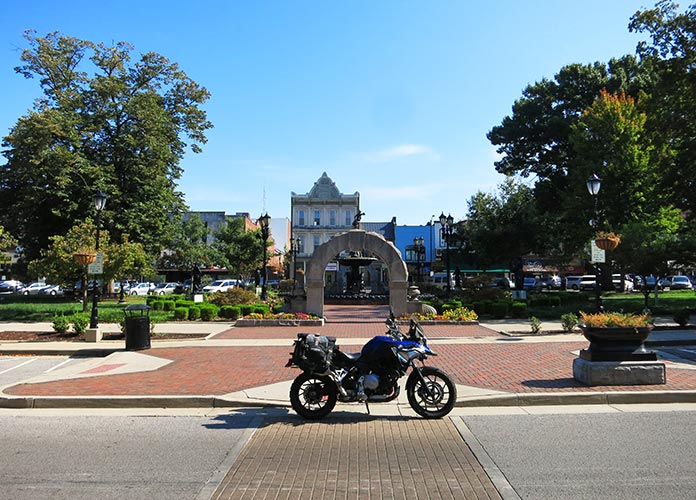
Nashville, Bowling Green, and the other smaller towns I visited all exuded their own Southern charm. This was my first visit to the area, and it won’t be my last. I plan to ride the entire Natchez Trace Parkway, and the Nashville area will be either the staging location or the end game to that journey.
See all of Rider‘s touring stories here
Tennessee Motorcycle Ride Resources
Kentucky Motorcycle Ride Resources
The post Southern Exposure: A Tennessee and Kentucky Motorcycle Ride appeared first on Rider Magazine.
Source: RiderMagazine.com

